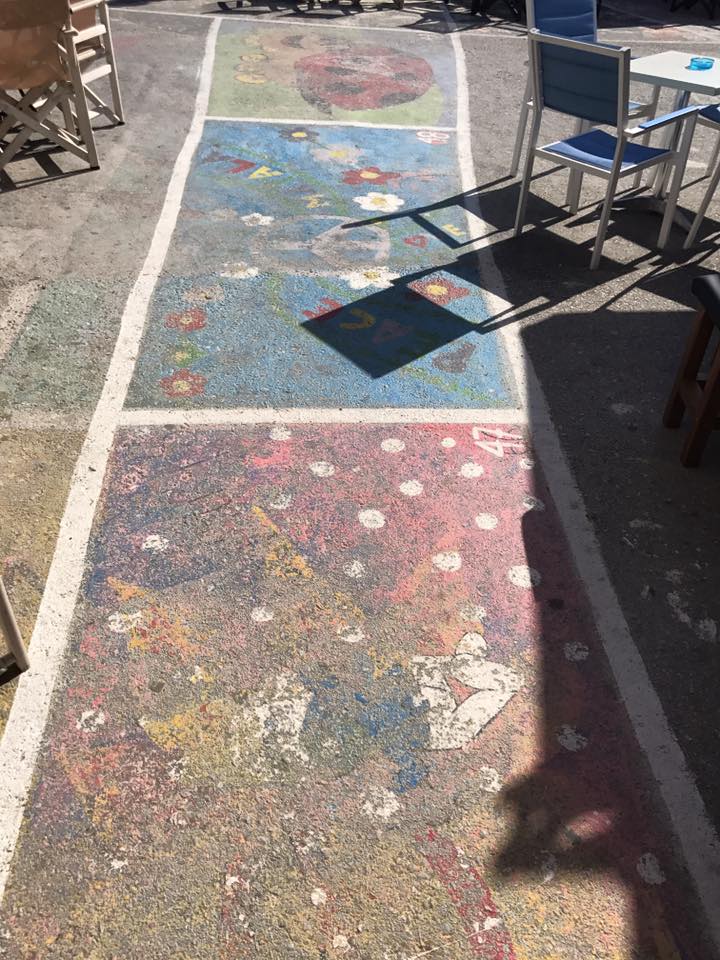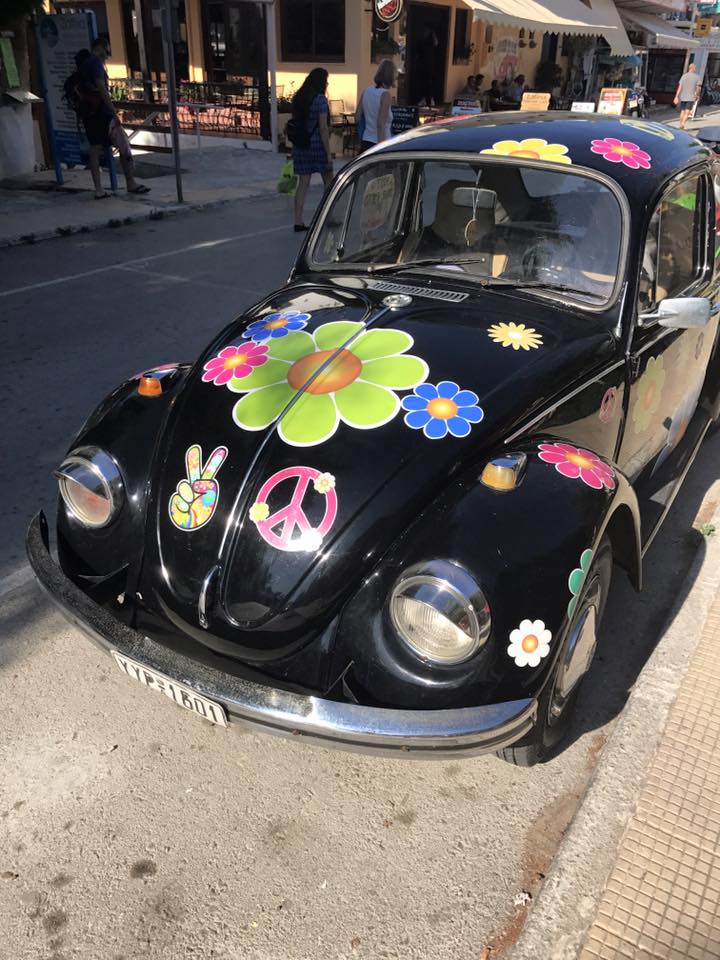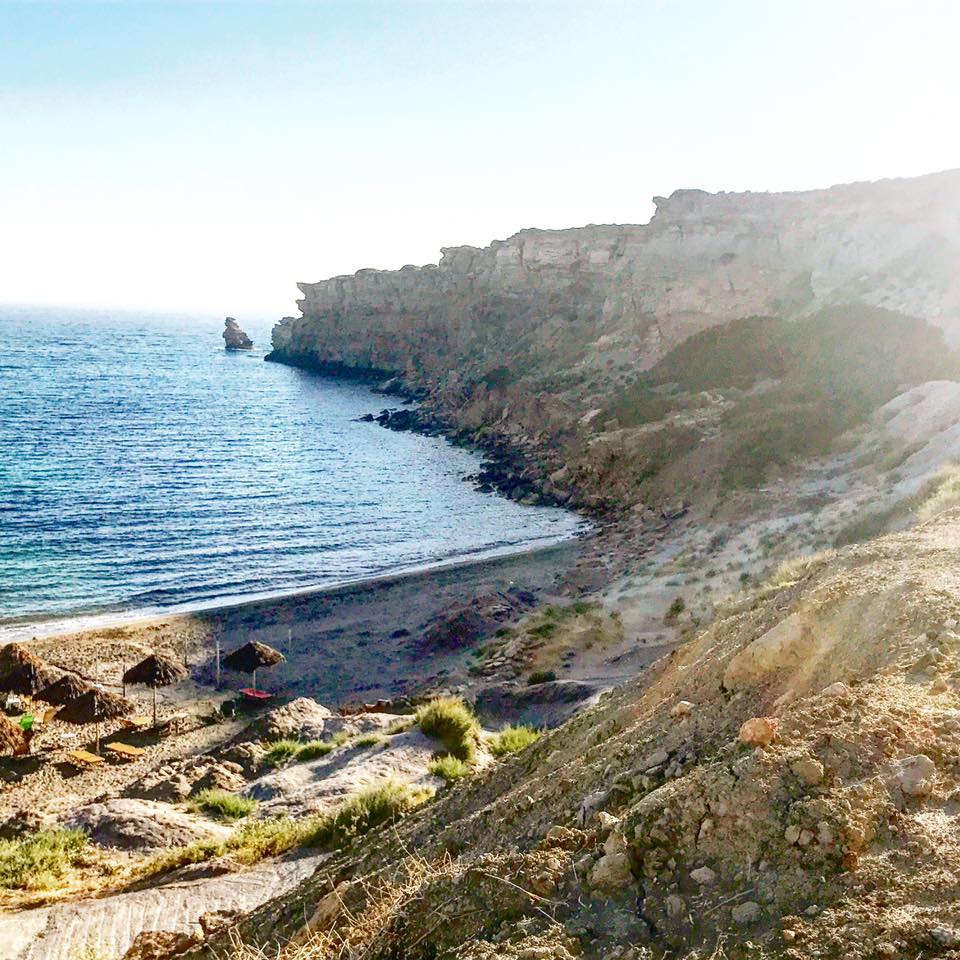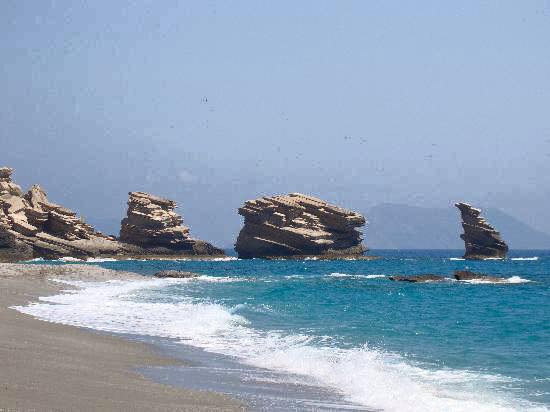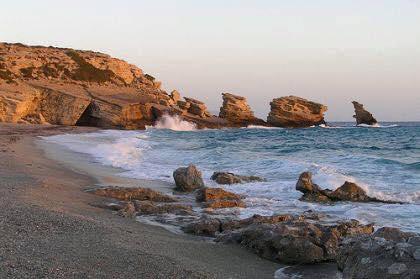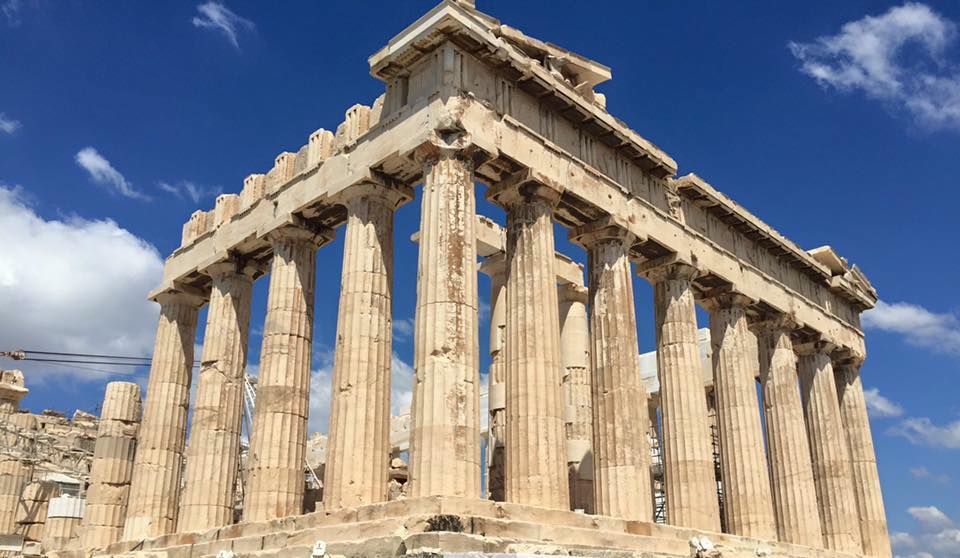
Judging by the number of people reaching out to me for tips and recommendations, it appears that you all are going to Greece this summer and, honestly, lucky you! Greece is one of my favorite countries, and not just because my family lives there and I go there a lot. Greece truly has something for everyone- history, sites, culture, food, wine, beaches, city, countryside, islands, landscapes, mountains, hiking. The food is delicious. The people are so hospitable. The country is just breathtaking. I can go on and on. And, now is a GREAT time to go. The flights have never been cheaper. The Euro is reasonably low. It is one of the safest countries you can visit. And, let’s be honest, Greece needs your tourist dollars.
Naturally, when people ask me for tips on Greece, I always ask for their itinerary. Without fail, I get the same response- “We are only spending a day or so in Athens to see the Acropolis before going to the islands.” Big mistake! Athens is not a stopover city. You know, like one of those cities you just fly into before you move on to the main attraction. Athens is an attraction, and not just for the Acropolis. Athens is a world class city. There are so many things to see in Athens: amazing food, GREAT shopping, awesome nightlife, but, most importantly, it serves as the best base to really see mainland Greece (which is SO worth your time). Seriously. Greece is more than just Santorini and Mykonos (or as Greeks like to call it, Greece for beginners).
I am going to show you some of my favorite parts of Athens right here in this post. And then, in a separate post, I am going to show you all these neat little places you can easily visit as a day trip from Athens. Ready? Let’s go!
The Acropolis and The Parthenon
I think the obvious must-see is the Parthenon, which is located on the Acropolis of Athens. See what I did there? I subtly explained to you that the structure is the Parthenon and the hill upon which it sits is the Acropolis. If you can, I highly recommend waking up early and getting to the Acropolis first thing in the morning, before the rush of cruise ship people and the buses of tourists. Another great option would be to go about an hour before it closes. The visiting hours, entrance fees, and general information on how to get to the Acropolis can be found here. If you go early in the morning, you can pretty much have the place to yourself with relatively few people. By 10:00-10:30 a.m., it’s like a zoo.
On your way up the Acropolis, you will see this ancient amphitheater, the Herod Atticus Odeon, which is itself an antiquity. The cool thing about it is that they still hold summer concerts and performances at the amphitheater!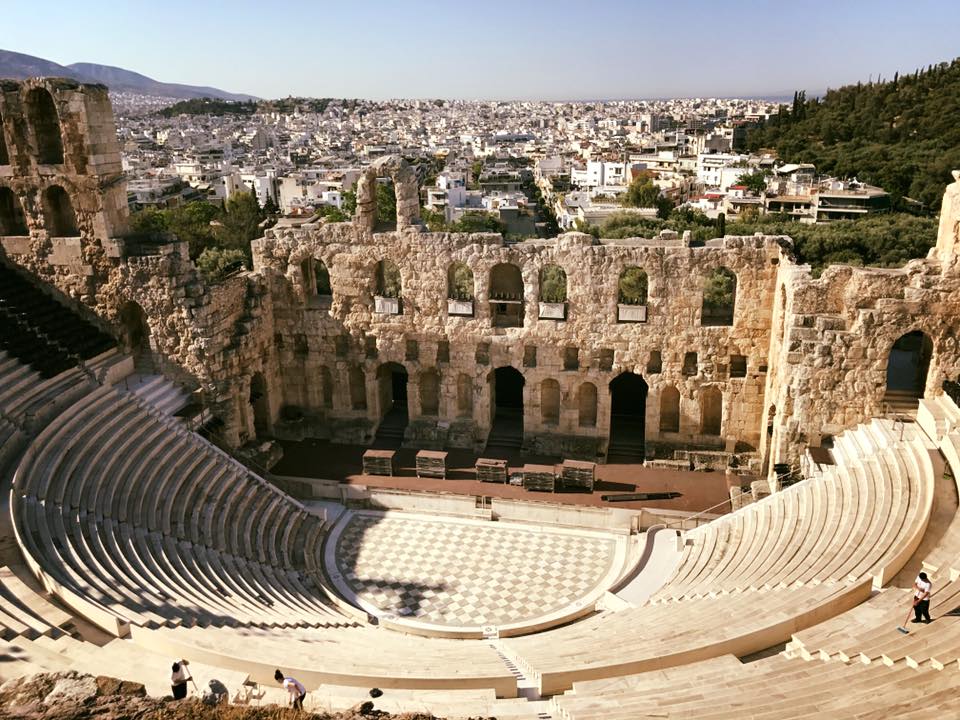
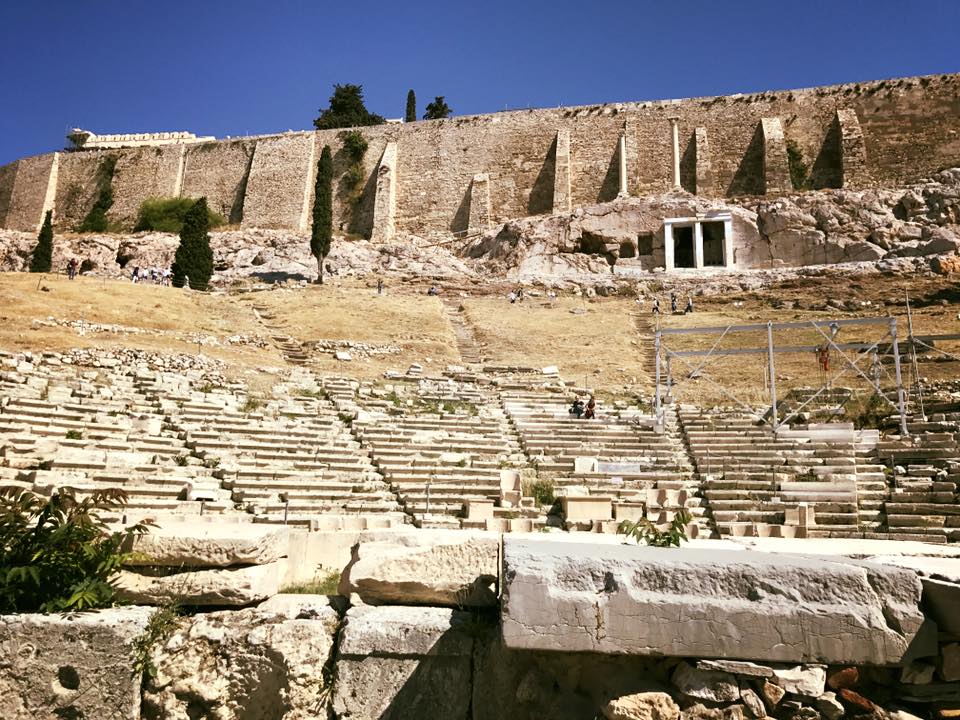 Once you are at the top of the Acropolis, you enter from here to see the Parthenon:
Once you are at the top of the Acropolis, you enter from here to see the Parthenon: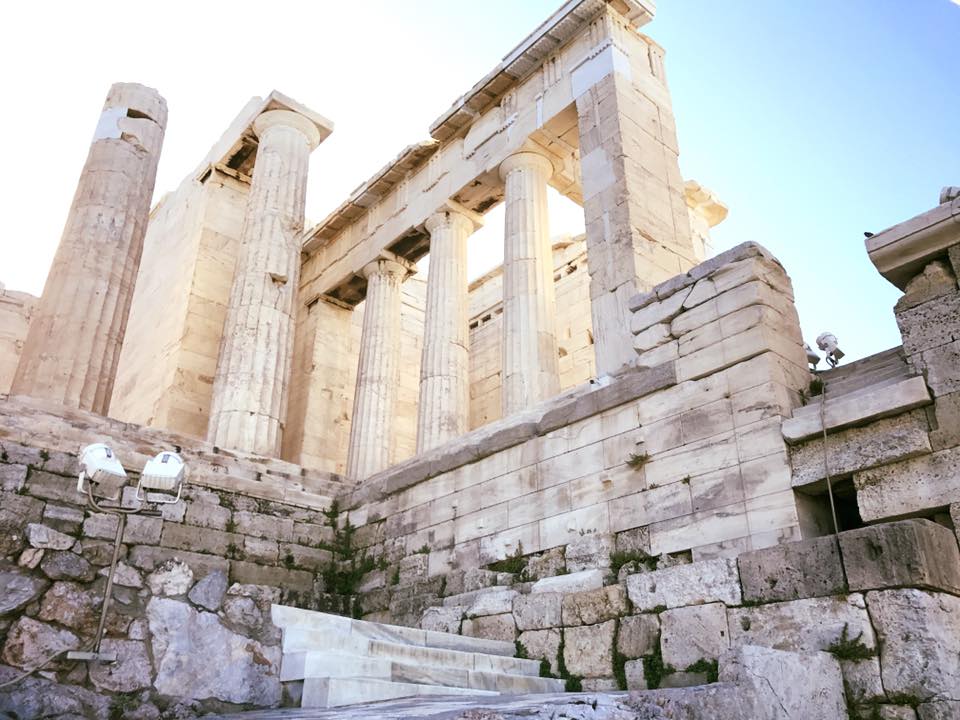
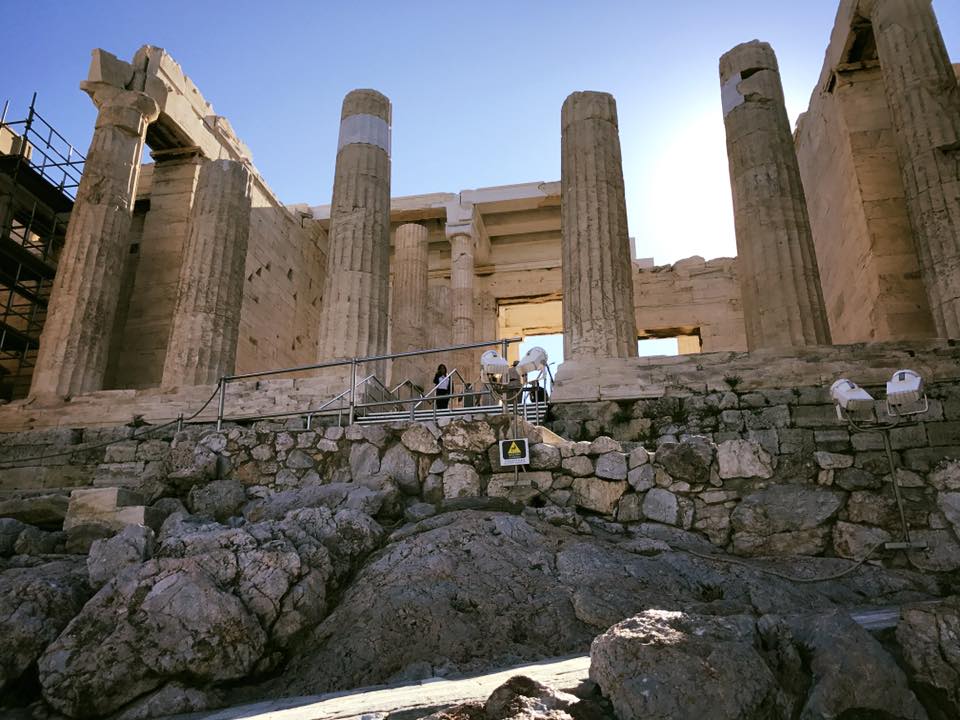
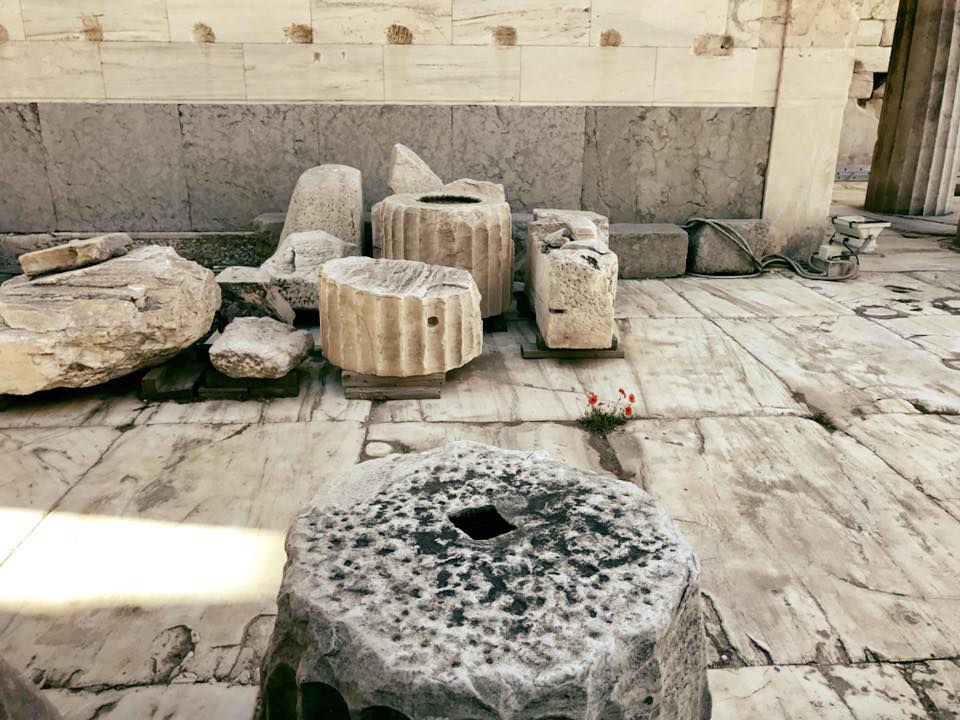
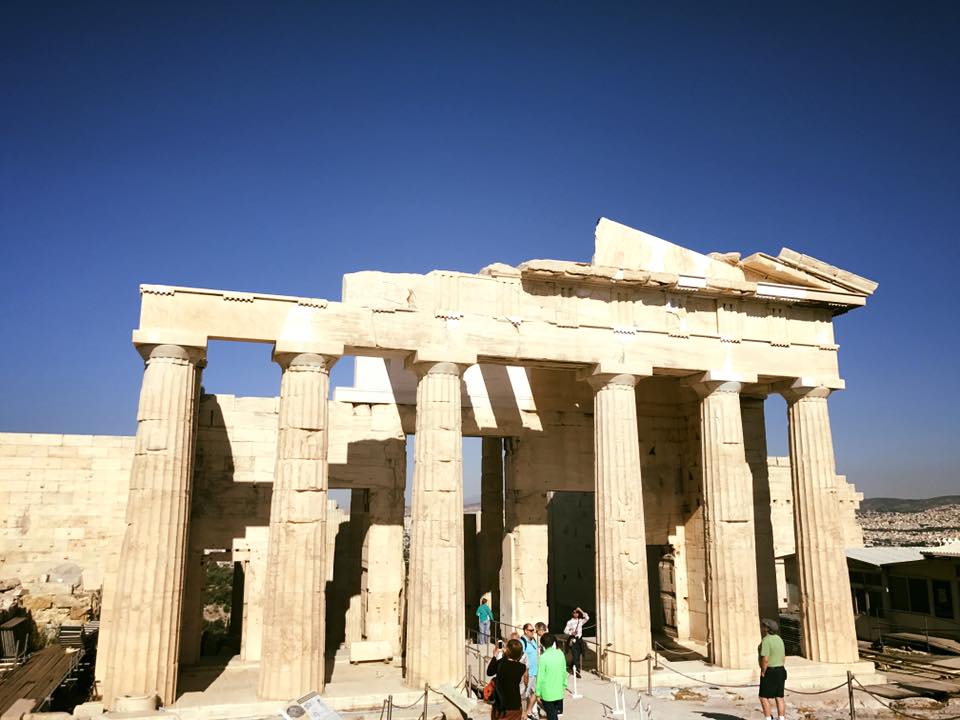 And now, for the main attraction: The Parthenon!
And now, for the main attraction: The Parthenon!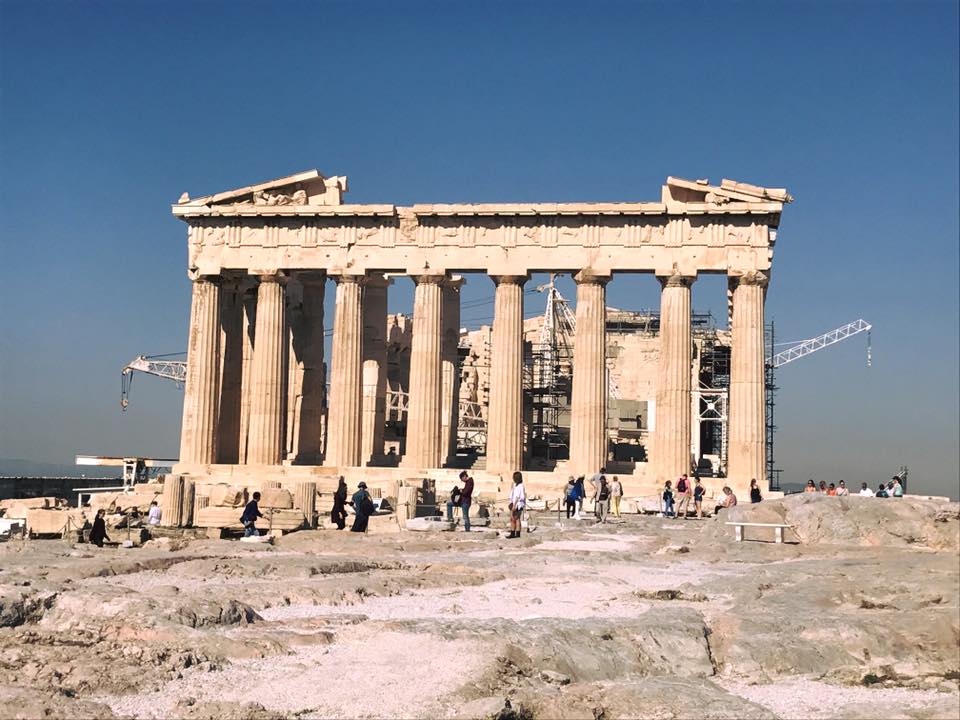
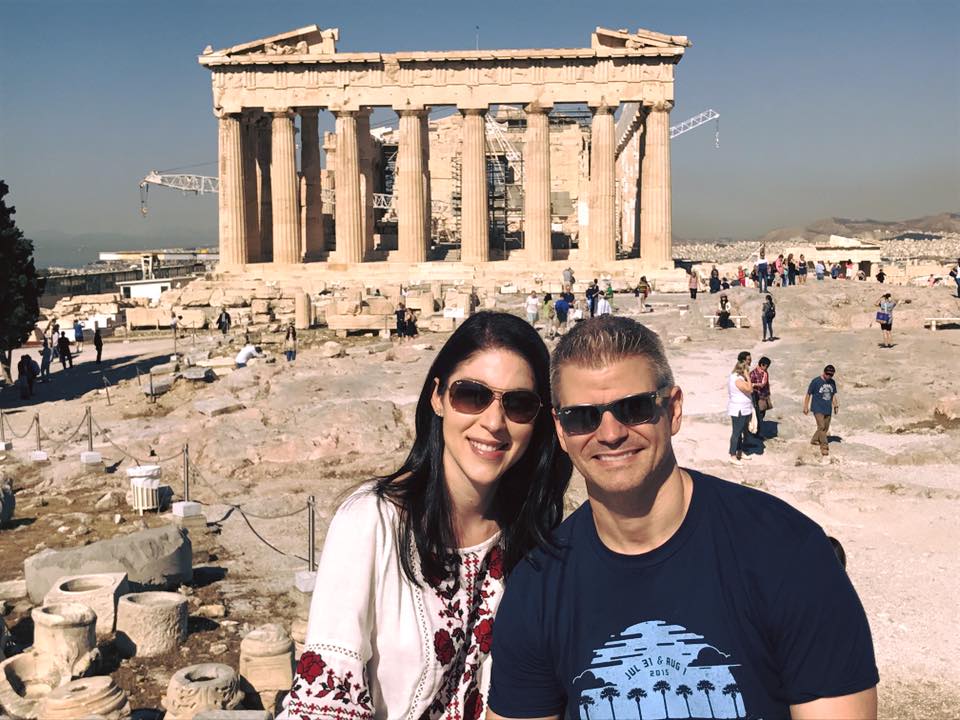
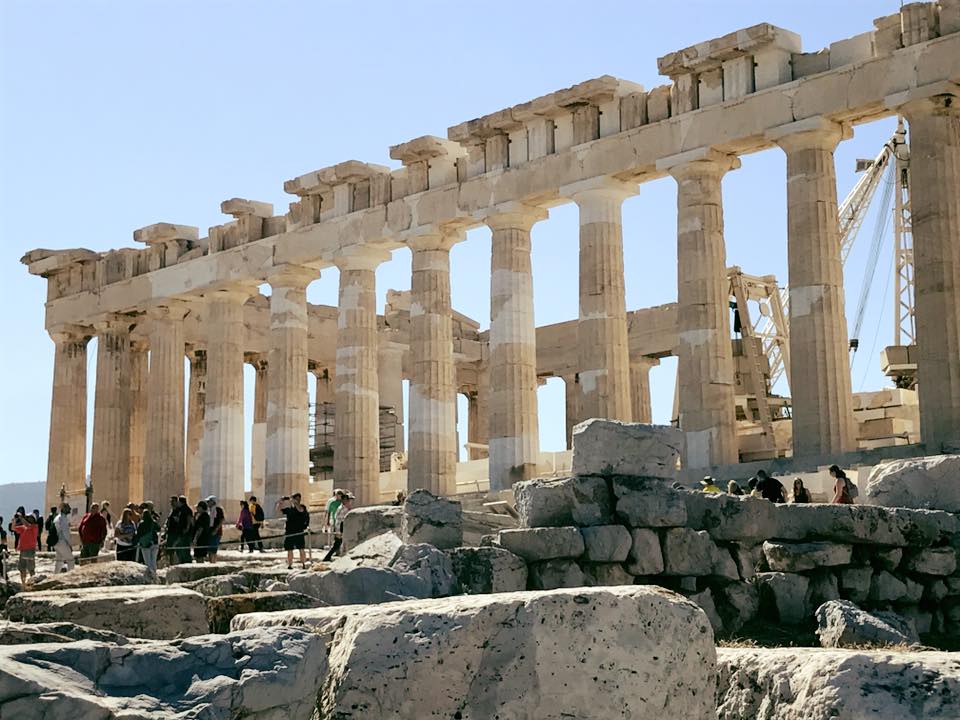
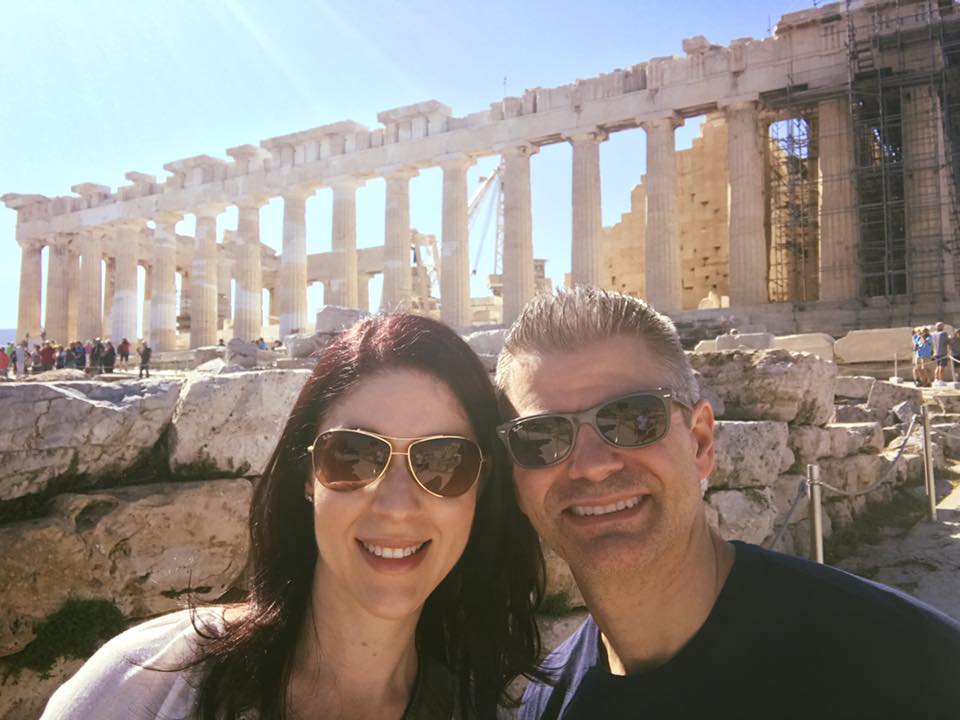 Don’t forget to spend some time visiting some of the other temples on the Acropolis.
Don’t forget to spend some time visiting some of the other temples on the Acropolis.
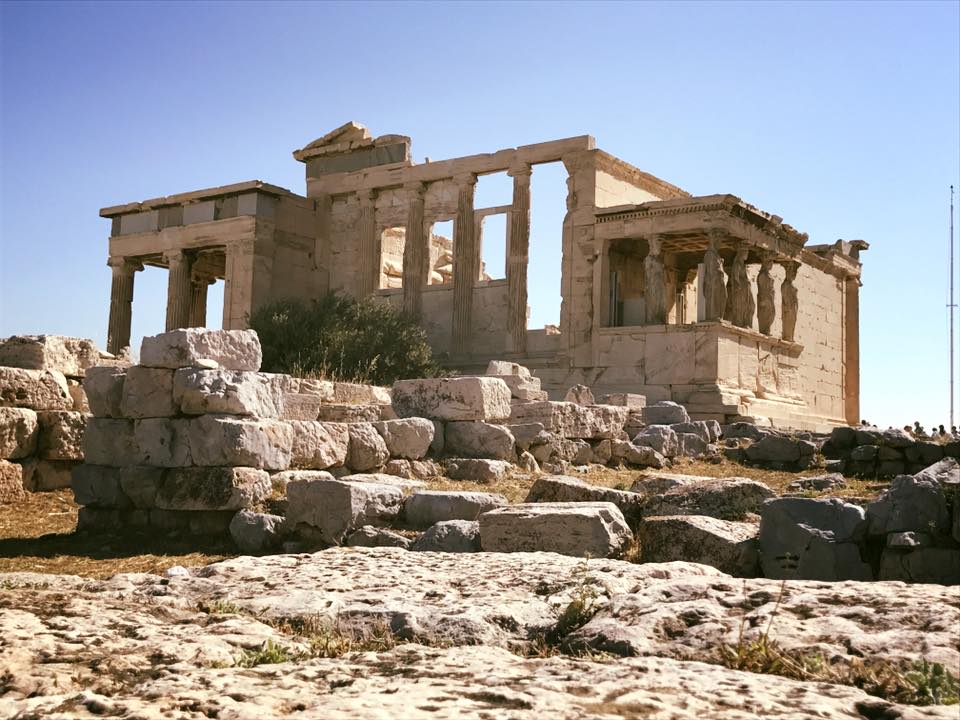
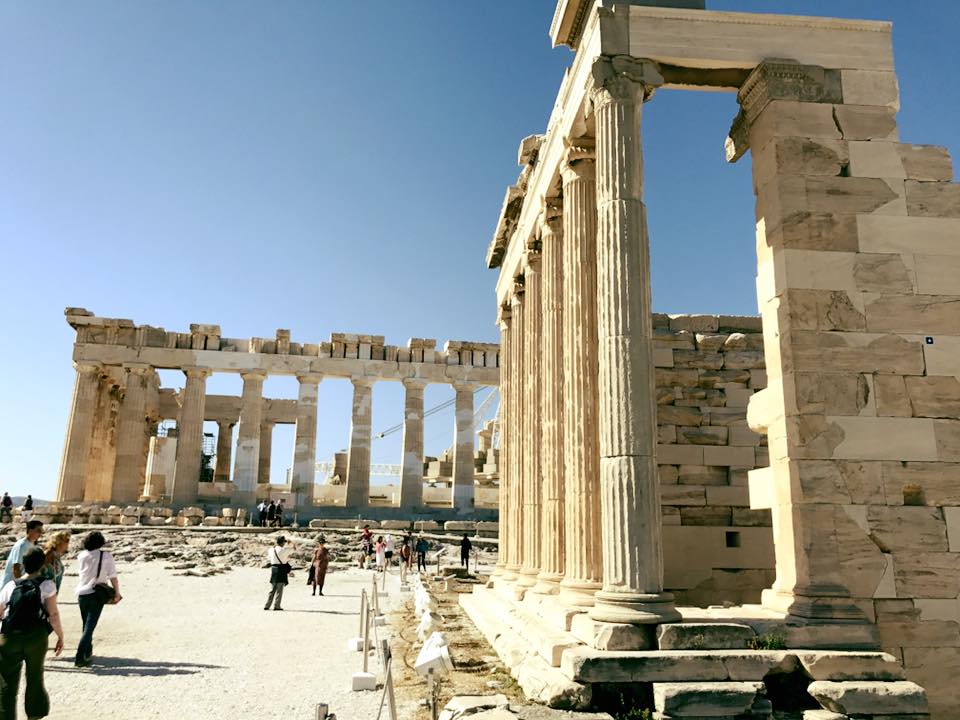
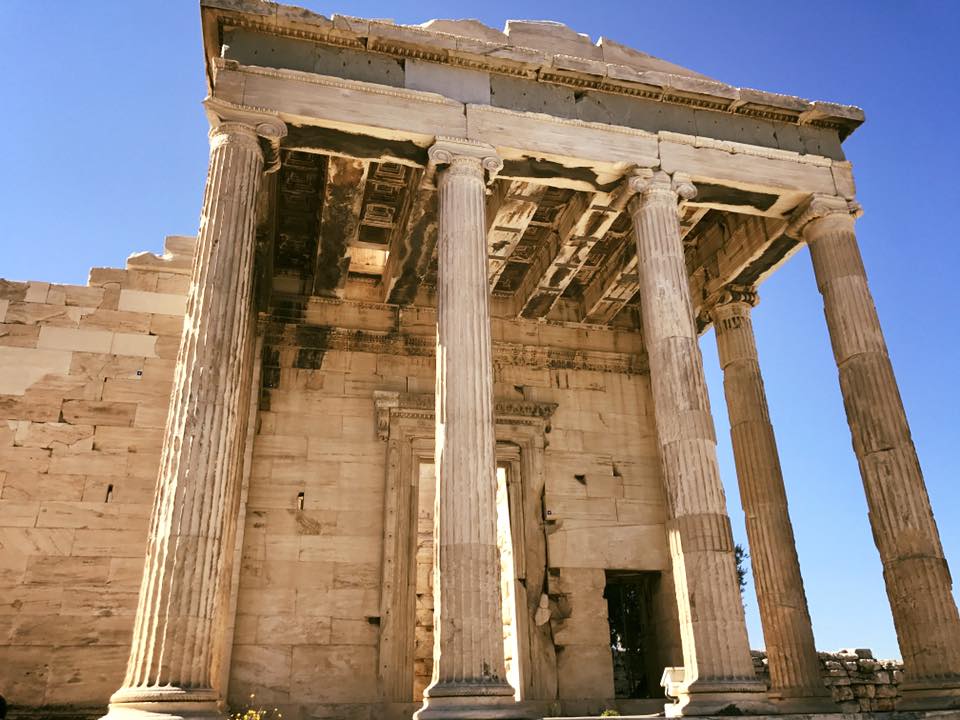
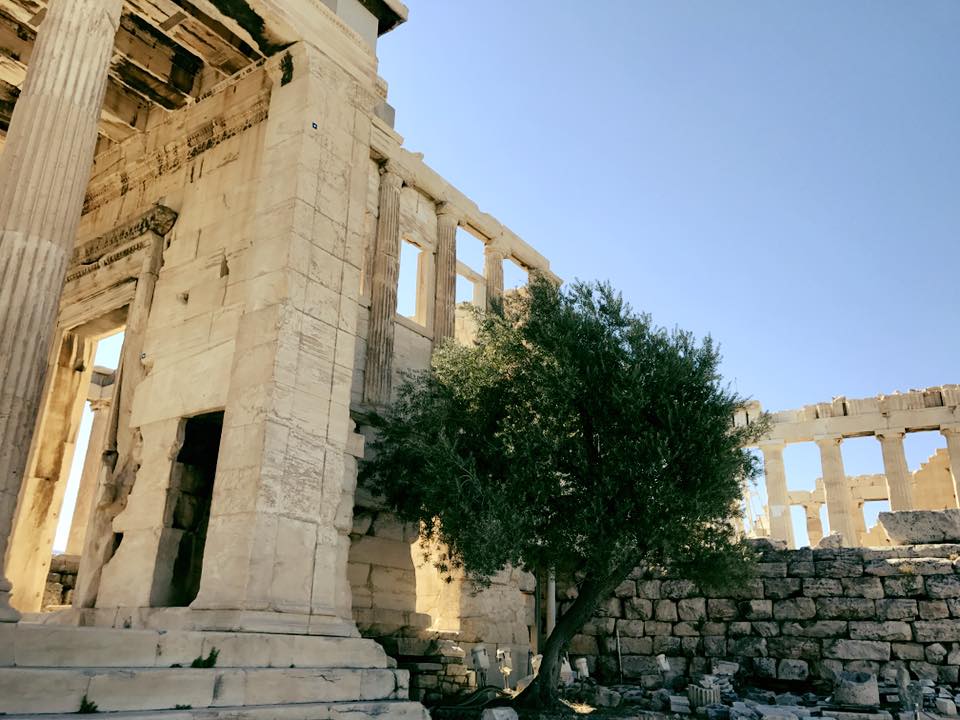 By the way, on your way out, don’t just pass by this olive tree without stopping to admire it. It is the oldest olive tree on the Acropolis! Also, here is a list of the best places from which to photograph the Acropolis. Here are some interesting facts about the Acropolis, and some motivation to wake up early on a Sunday to visit it.
By the way, on your way out, don’t just pass by this olive tree without stopping to admire it. It is the oldest olive tree on the Acropolis! Also, here is a list of the best places from which to photograph the Acropolis. Here are some interesting facts about the Acropolis, and some motivation to wake up early on a Sunday to visit it.
The Acropolis Museum (And Other Museums of Interest)
Your next stop should be to the new(ish) Acropolis Museum. Seriously, don’t miss the museum. It is the best museum in Athens, and my personal favorite. If you are into museums, the other one worth visiting (and which also stays open later in the evening) is the National Archaeological Museum of Athens. If art is your thing, then you will want to visit the Benaki Museum. For the largest collection of Byzantine Art, visit the Byzantine and Christian Museum. For the best collection of Cycladic art in the world, visit the Museum of Cycladic Art.
Anyway, back to the Acropolis Museum. The exploration starts with the walk in. The floor is excavated to reveal antiquities before you even enter the museum.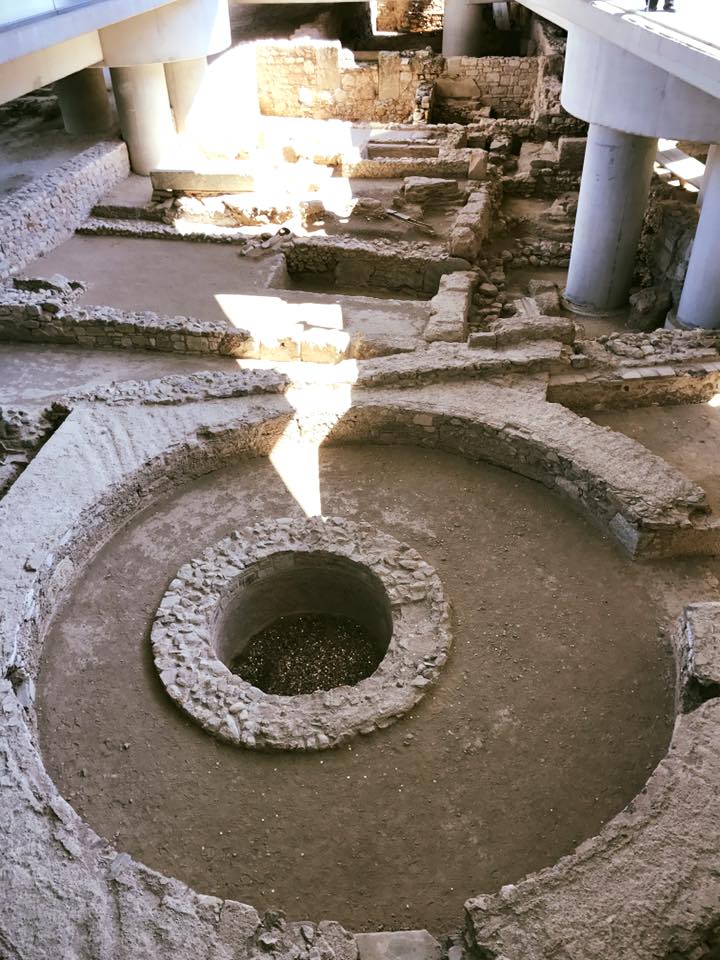
Once you enter, you will find a light, airy, and very well laid out museum dedicated to the Acropolis and the Parthenon.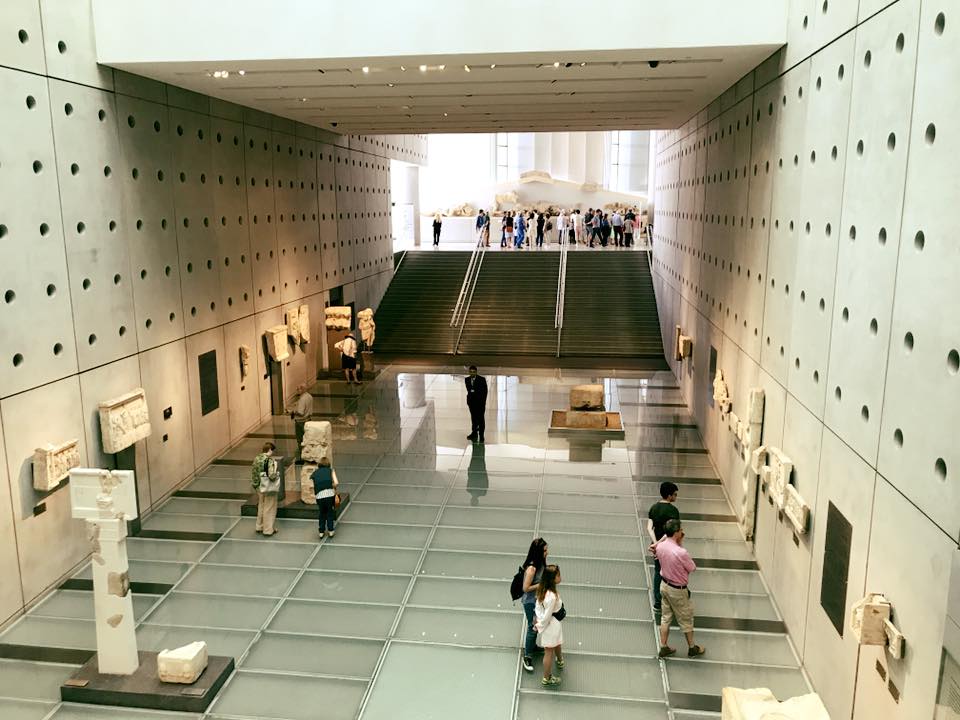
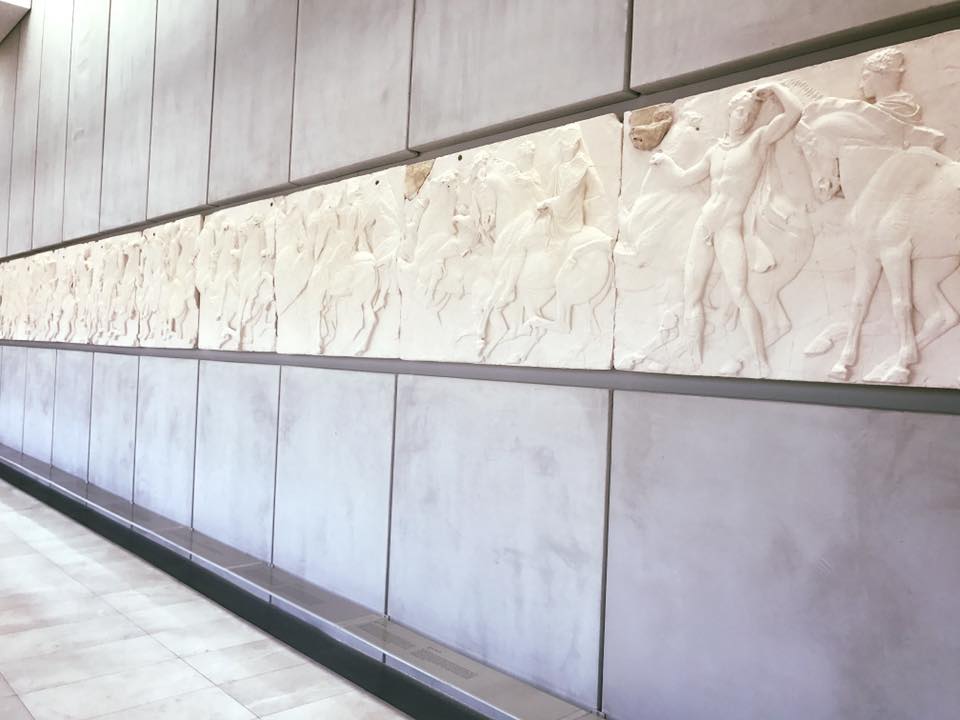
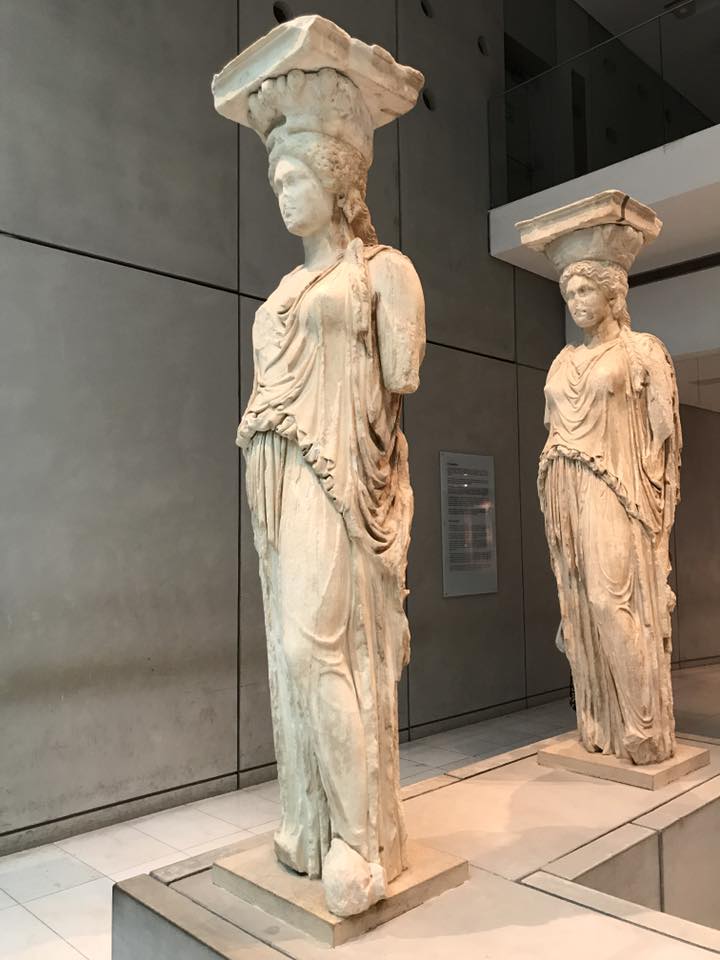
The most interesting (yet infuriating) part of this museum is the space that is dedicated to the Parthenon Marbles, more commonly known as the Elgin Marbles, named after the man who stole them from Greece and sold them to the British Museum. If you want to see the marbles that used to line the Parthenon, you will have to go to London. But if you want to see where they belong, well, that would be here: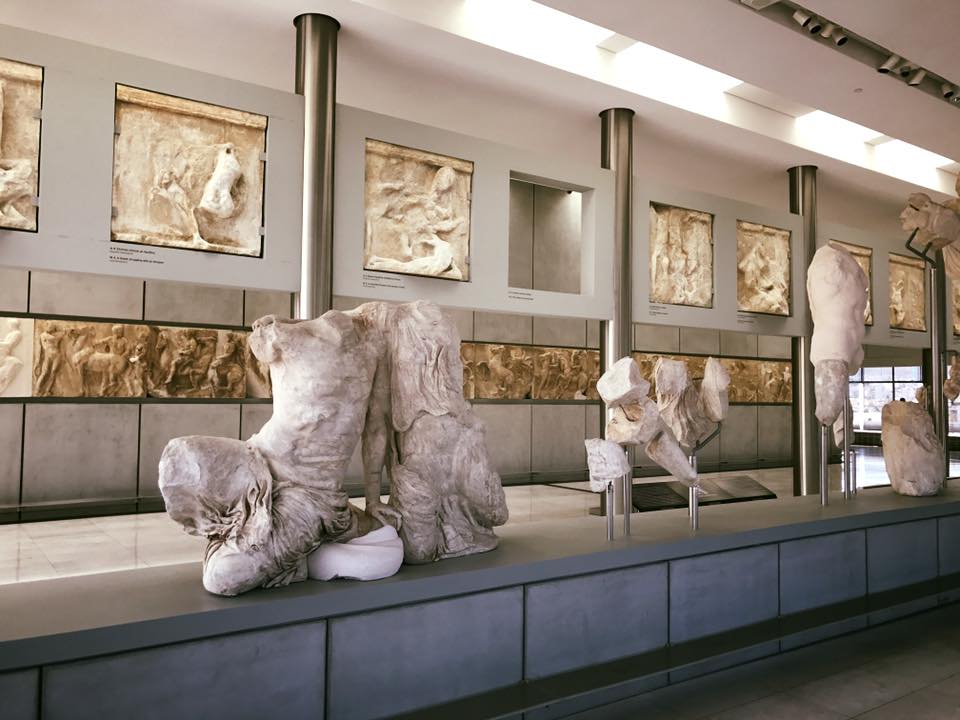 This sculpture is my favorite in the museum. It is a replica of what used to sit atop the entrance to the Parthenon (the darker pieces are original).
This sculpture is my favorite in the museum. It is a replica of what used to sit atop the entrance to the Parthenon (the darker pieces are original).
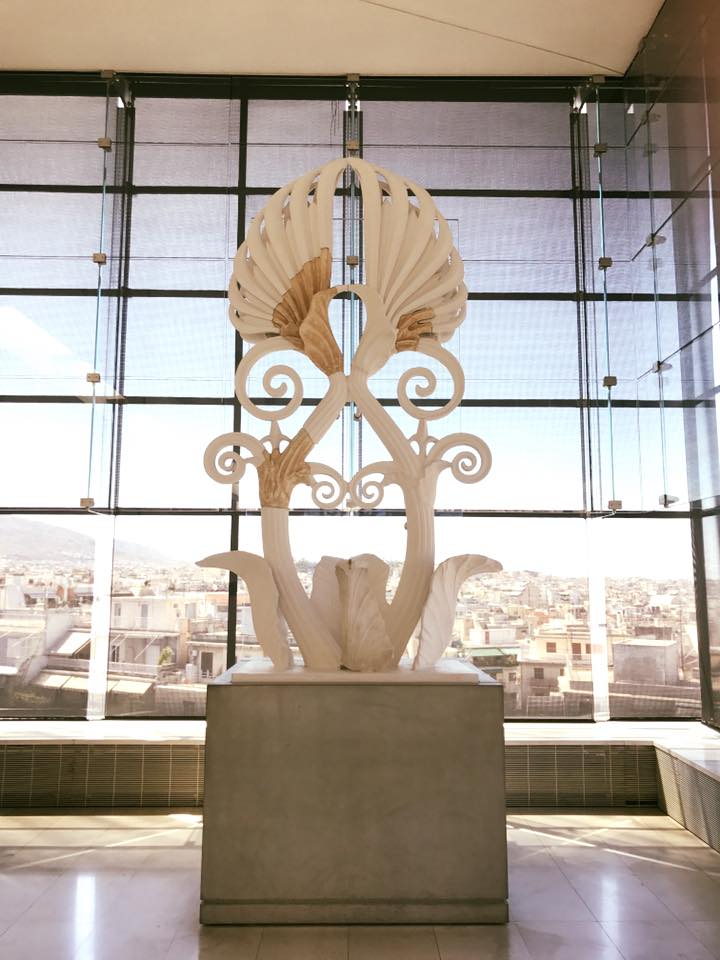
One of the greatest features of this museum, is that you can see the Parthenon from the top floor and can even stop for a break at a rooftop snack bar that faces the Acropolis.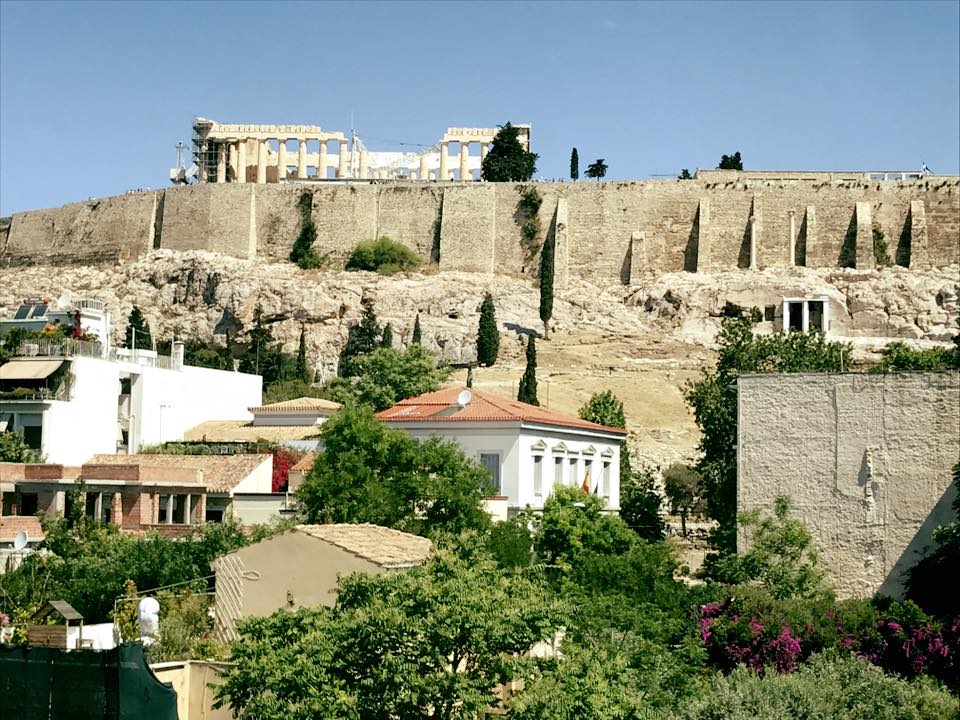
Anafiotika and Plaka
I am about to let you in on a little secret of Athens. At the foot of the Acropolis, on the back side, sits a little community called Anafiotika. It is part of the Plaka neighborhood, and the houses were built to mimic those on the island of Anafi, whose people came to Athens as construction workers to refurbish King Otto’s Palace during the era of Otto of Greece. Here is what is amazing about it: it still exists; it is pretty well-preserved; people still live there; and it is EMPTY. As in tourist free! You can actually climb up the Acropolis from here or you can visit after you go to the Parthenon and make your way to Plaka – an ancient, yet still thriving, neighborhood of Athens (a.k.a the “Neighborhood of the Gods”), for a lovely lunch at a fantastic Greek taverna.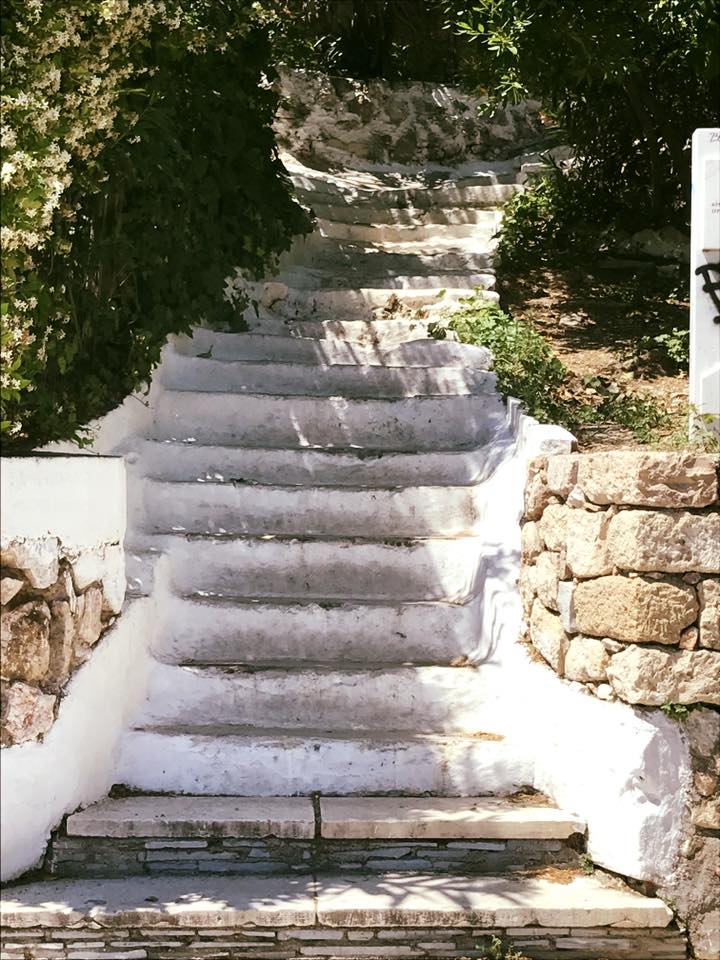
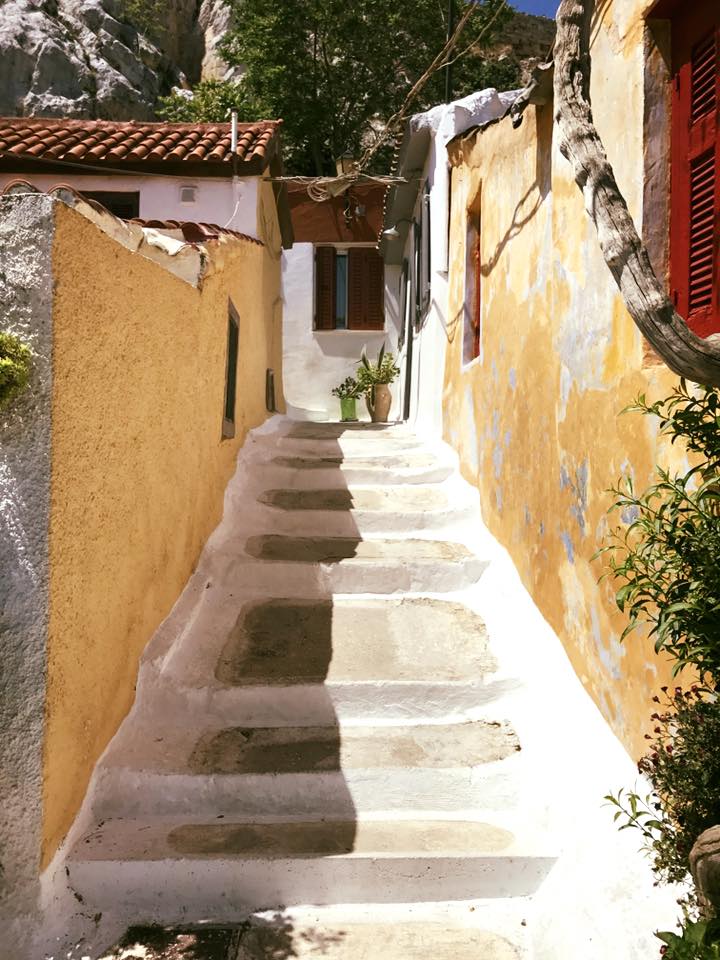
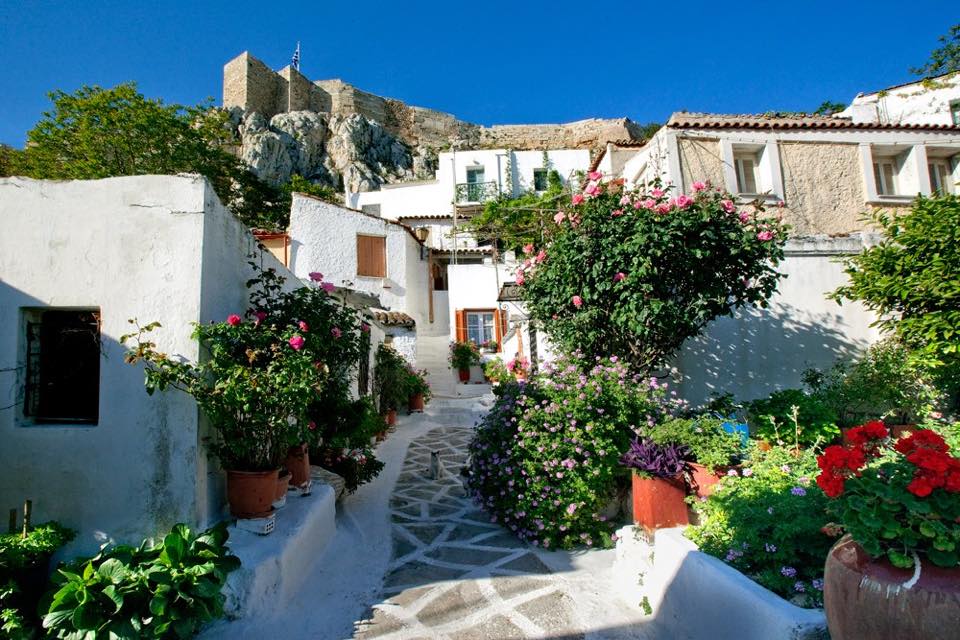
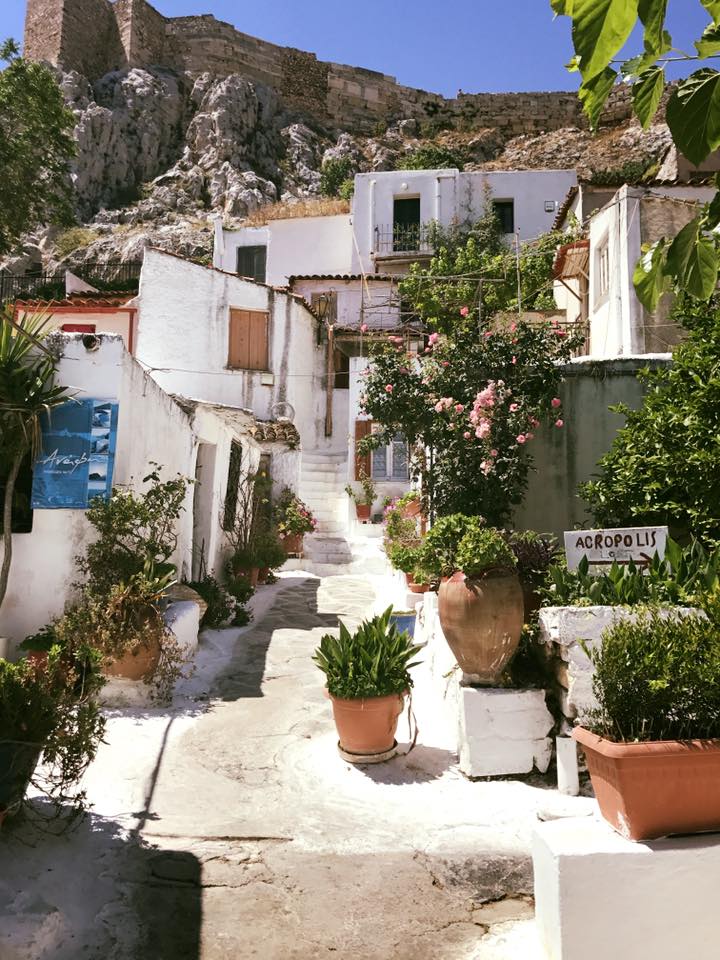
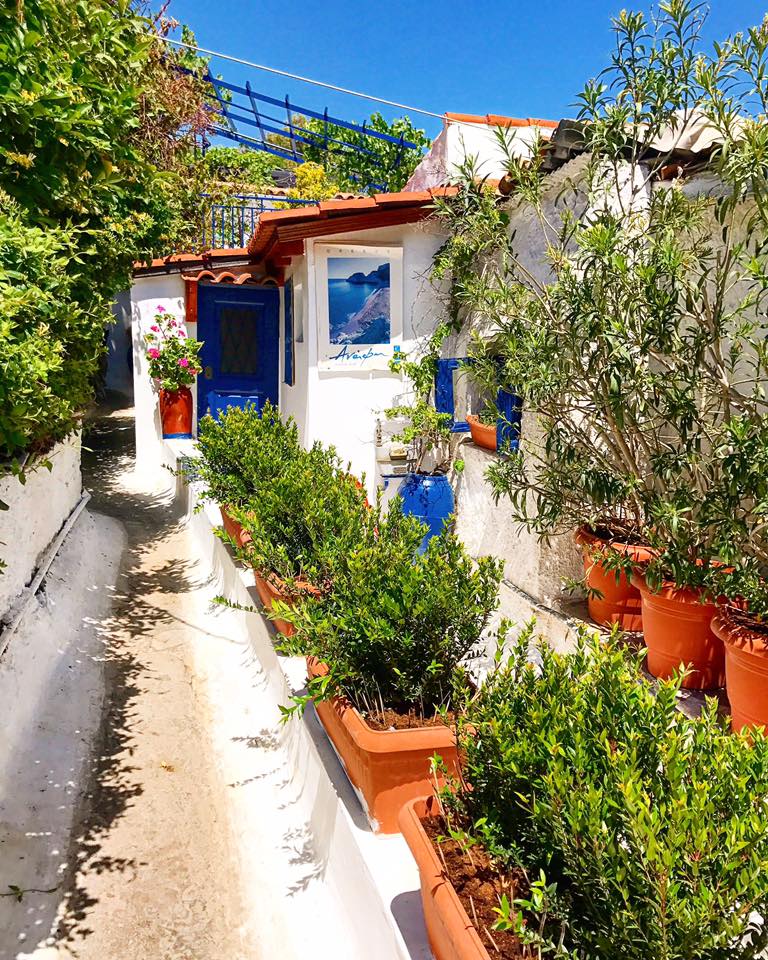
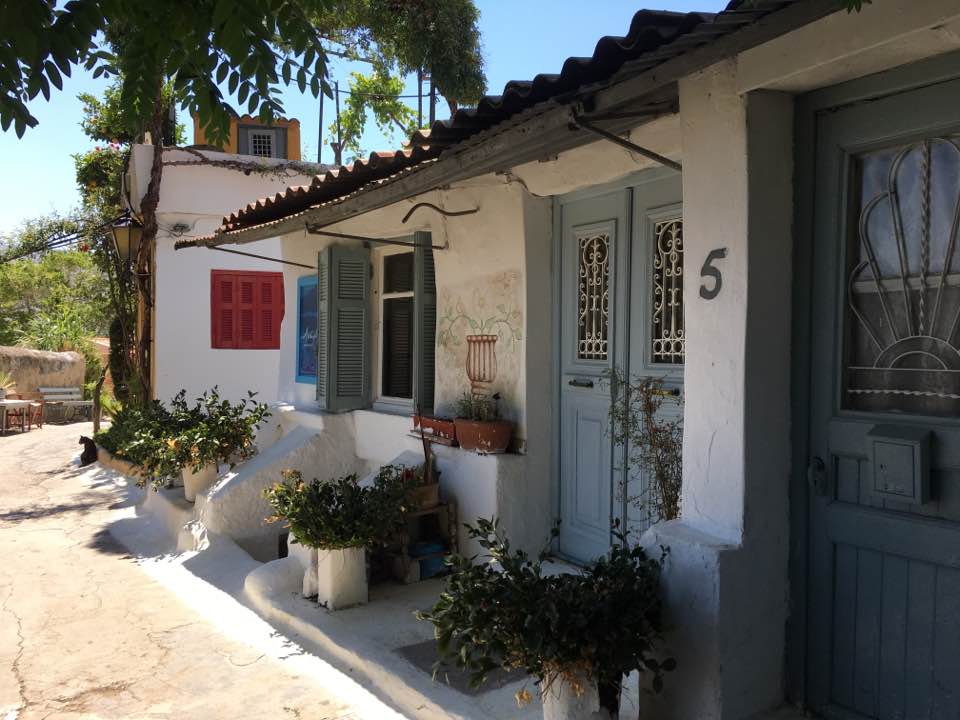
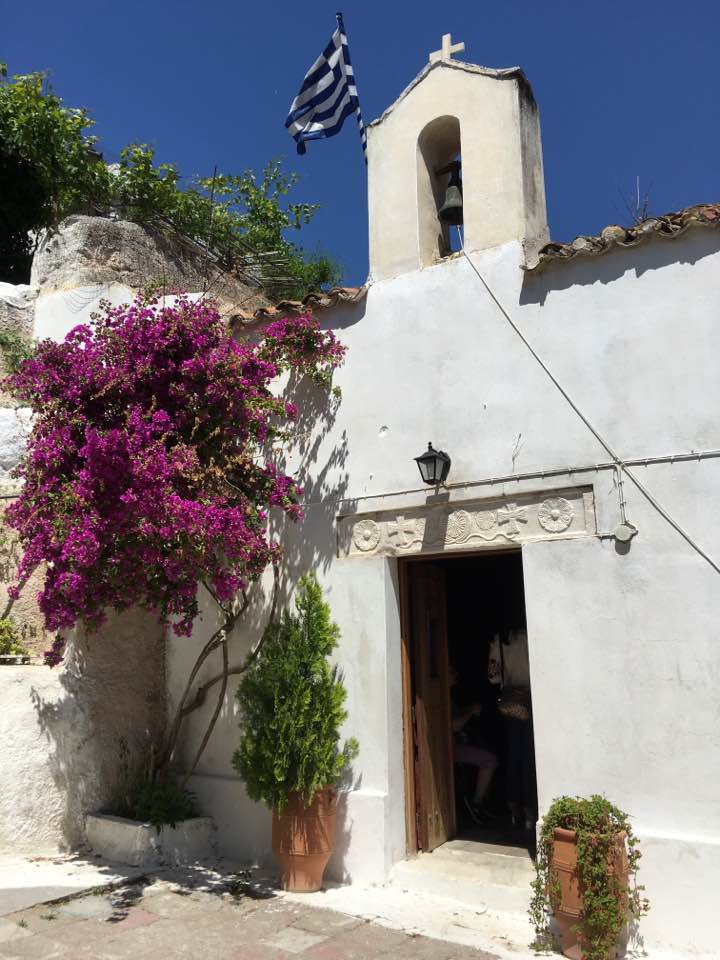
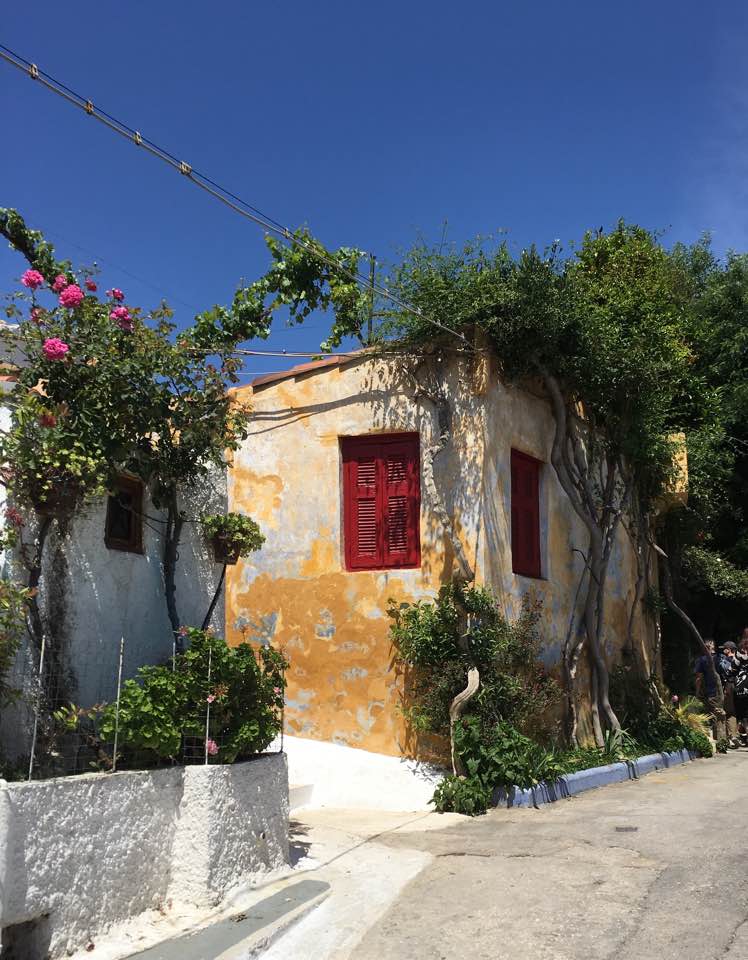
As you exit Anafiotika and continue on to Plaka, you will encounter some beautiful street art.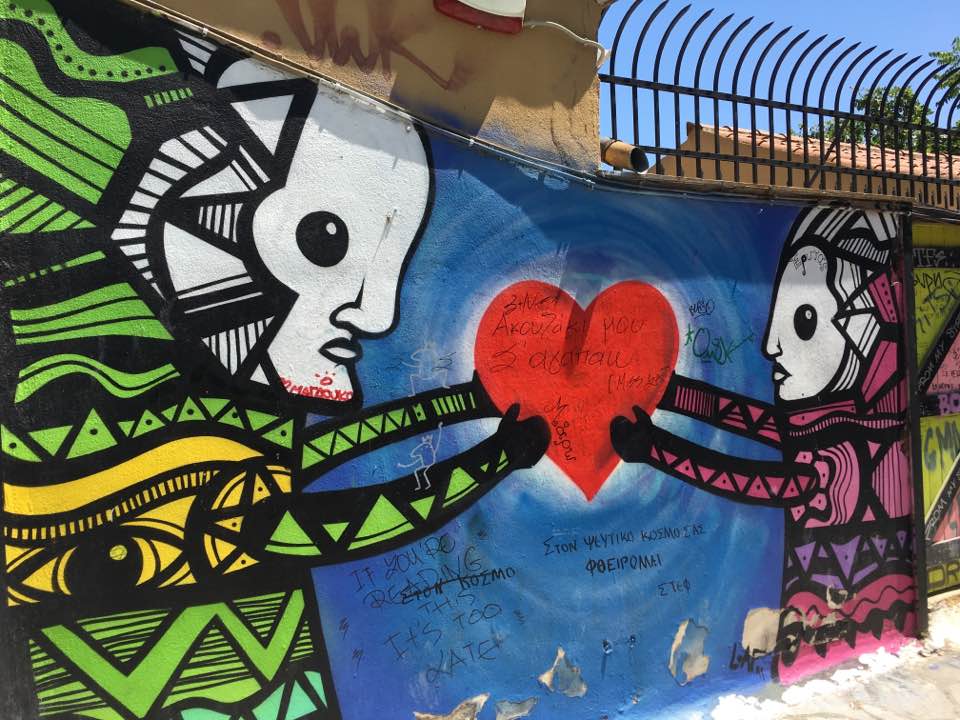
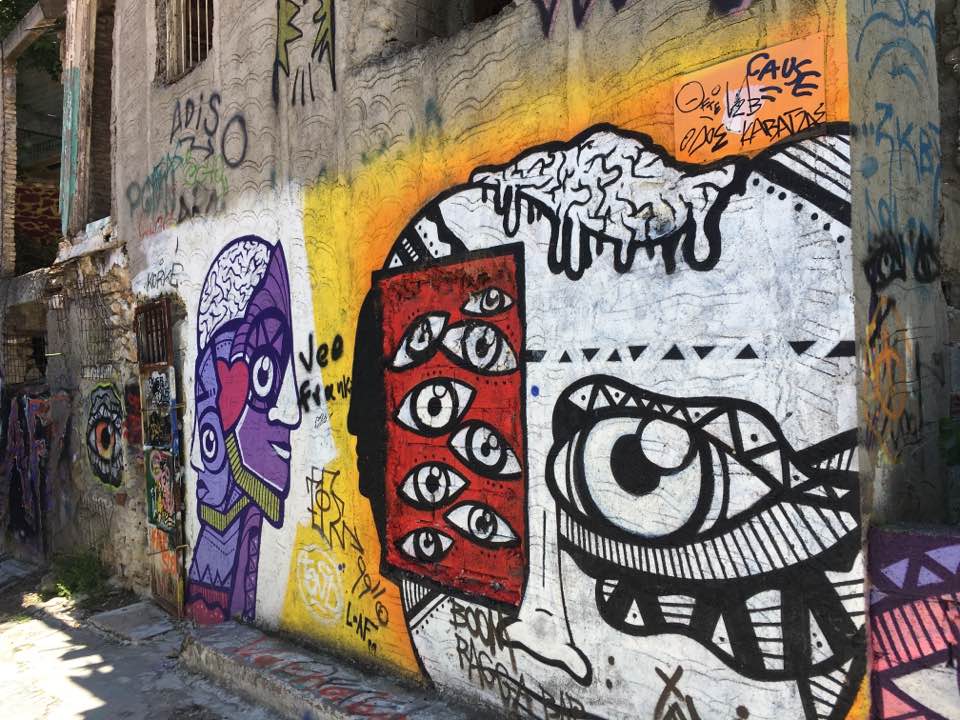
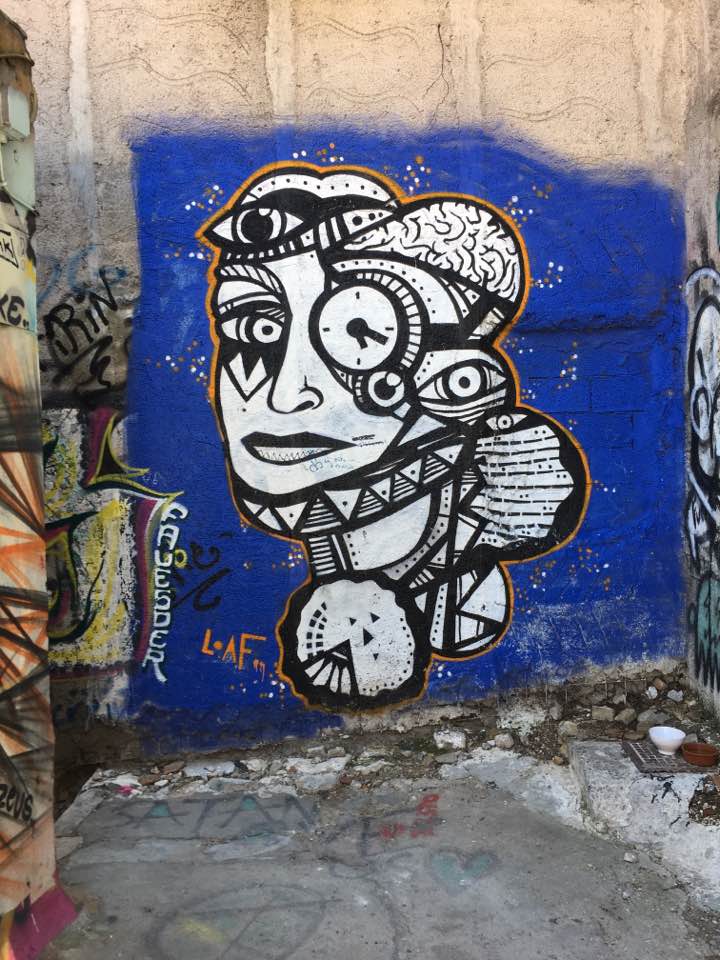
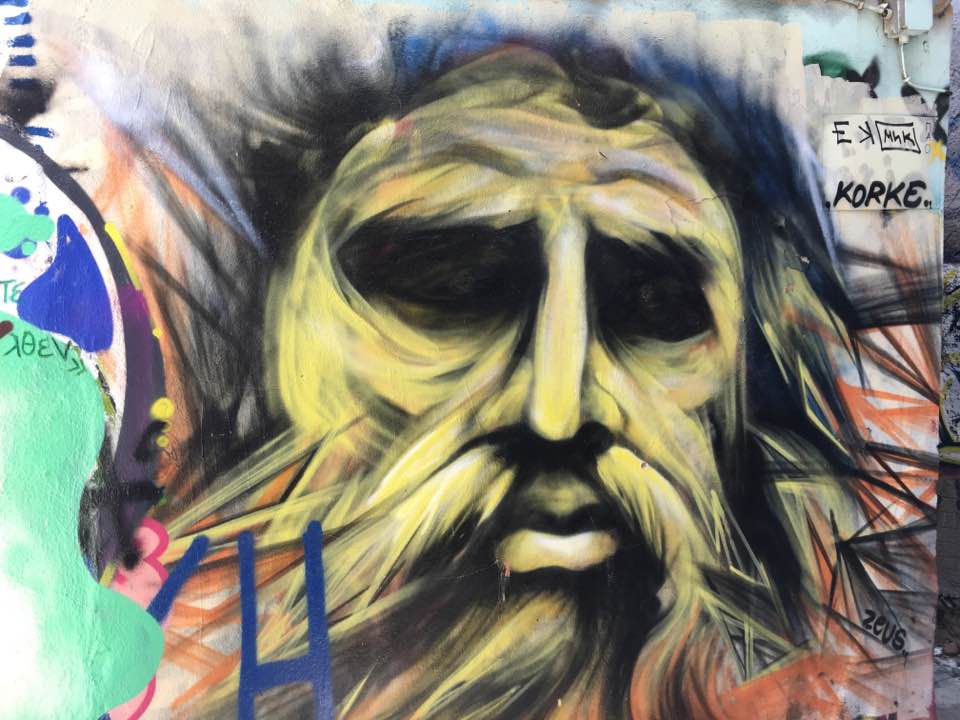 A few minutes later, you will be at the beautiful Plaka, where you will have your pick of excellent taverns for lunch.
A few minutes later, you will be at the beautiful Plaka, where you will have your pick of excellent taverns for lunch.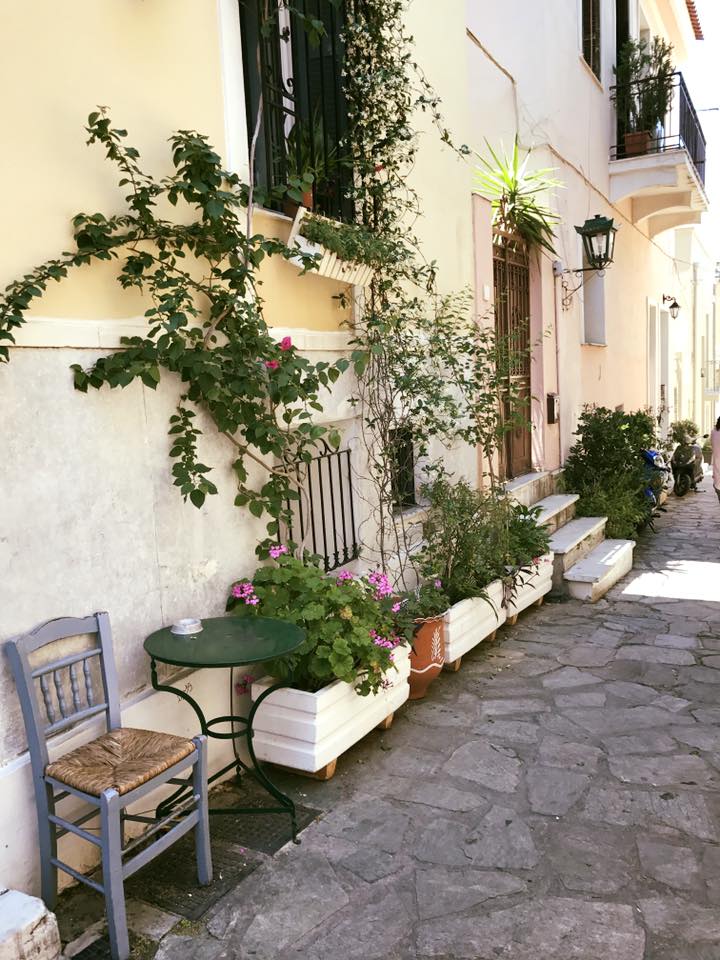
Ancient Agora and Monastiraki
From Plaka, you can walk through the ruins of the Ancient Agora as you make your way to Monastiraki, which is a large open air flea market and a great place to pick up souvenirs and gifts. 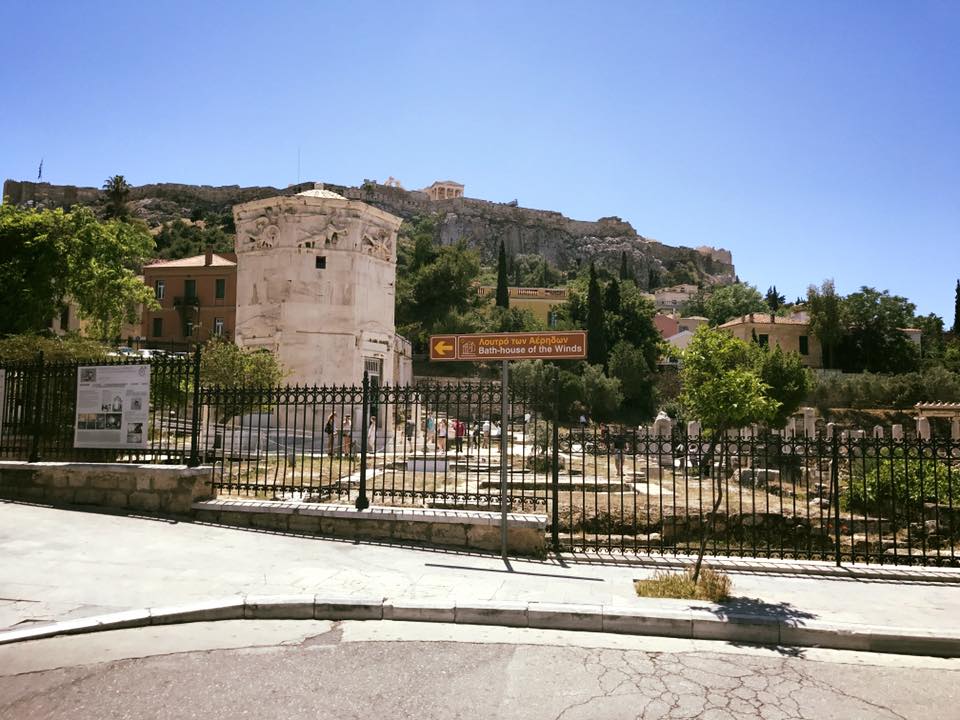

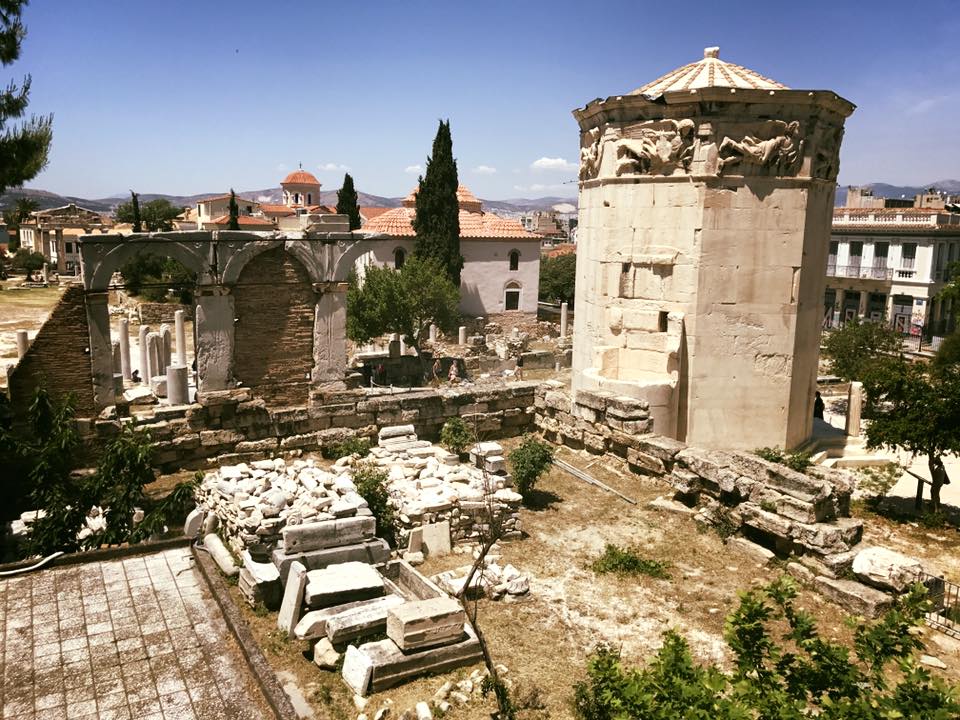
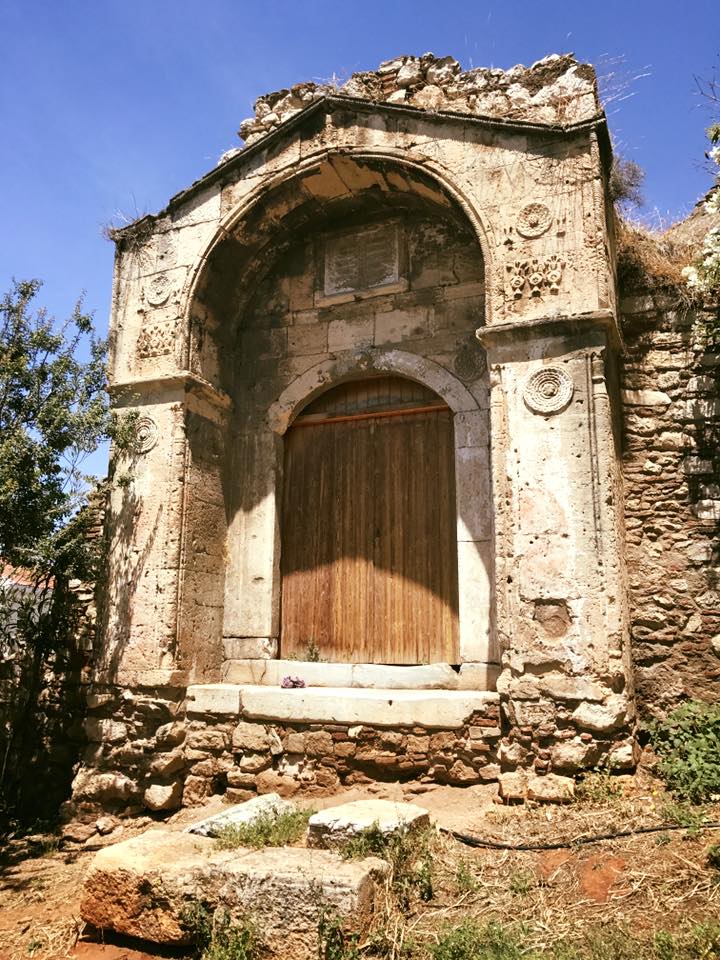
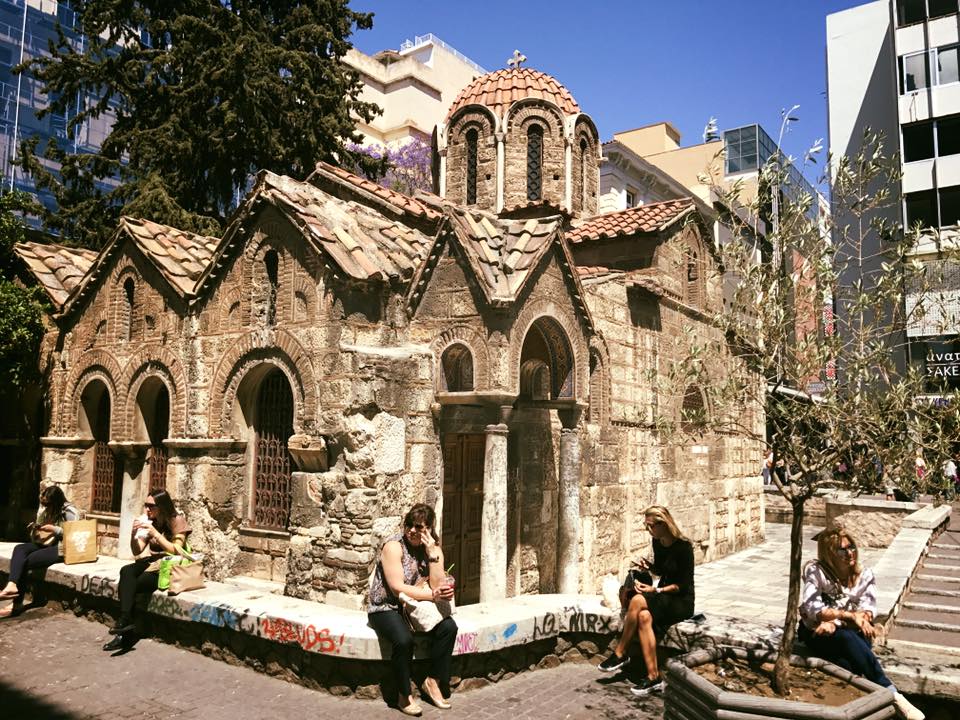
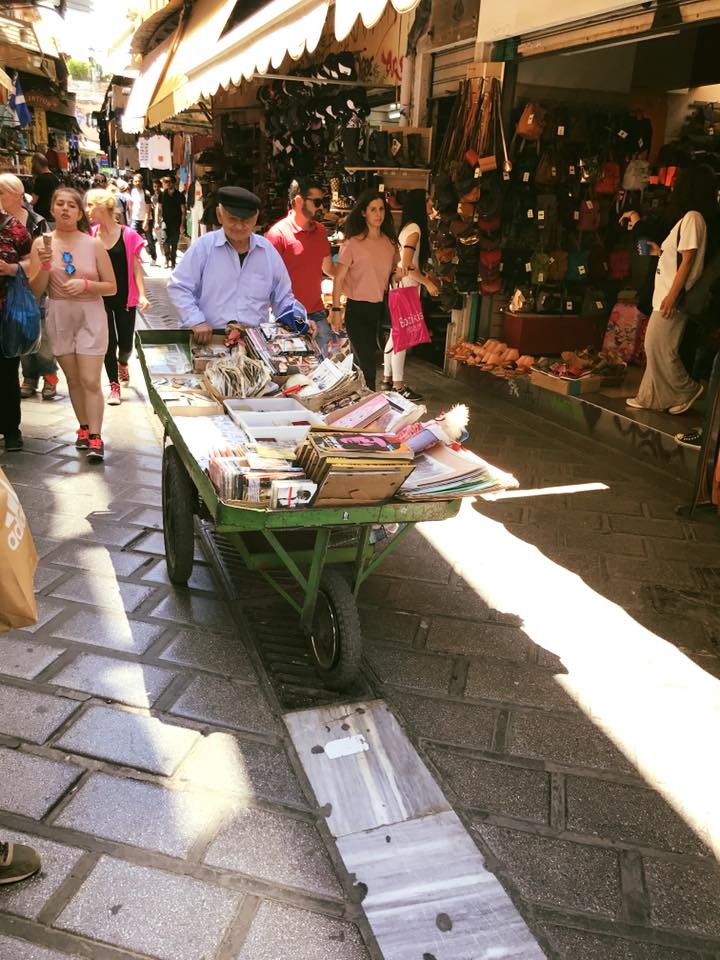
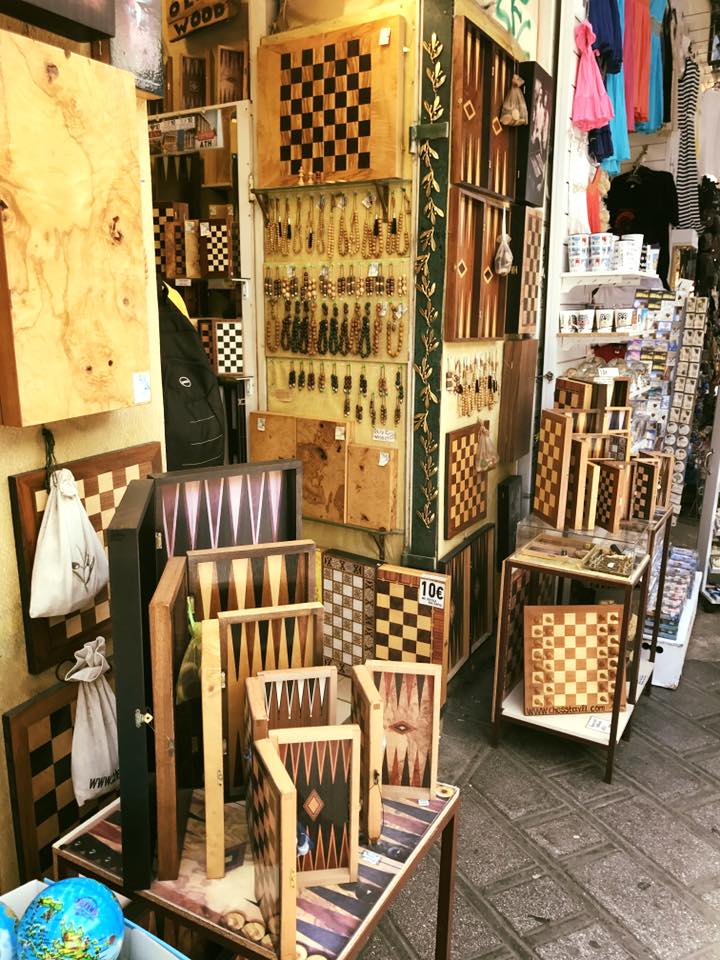
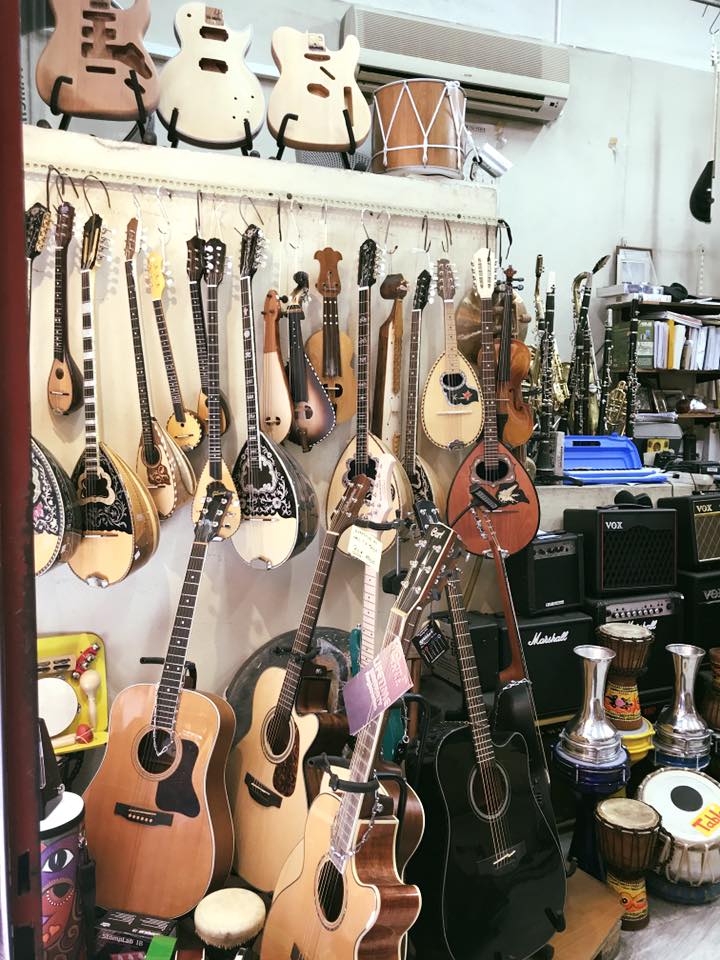
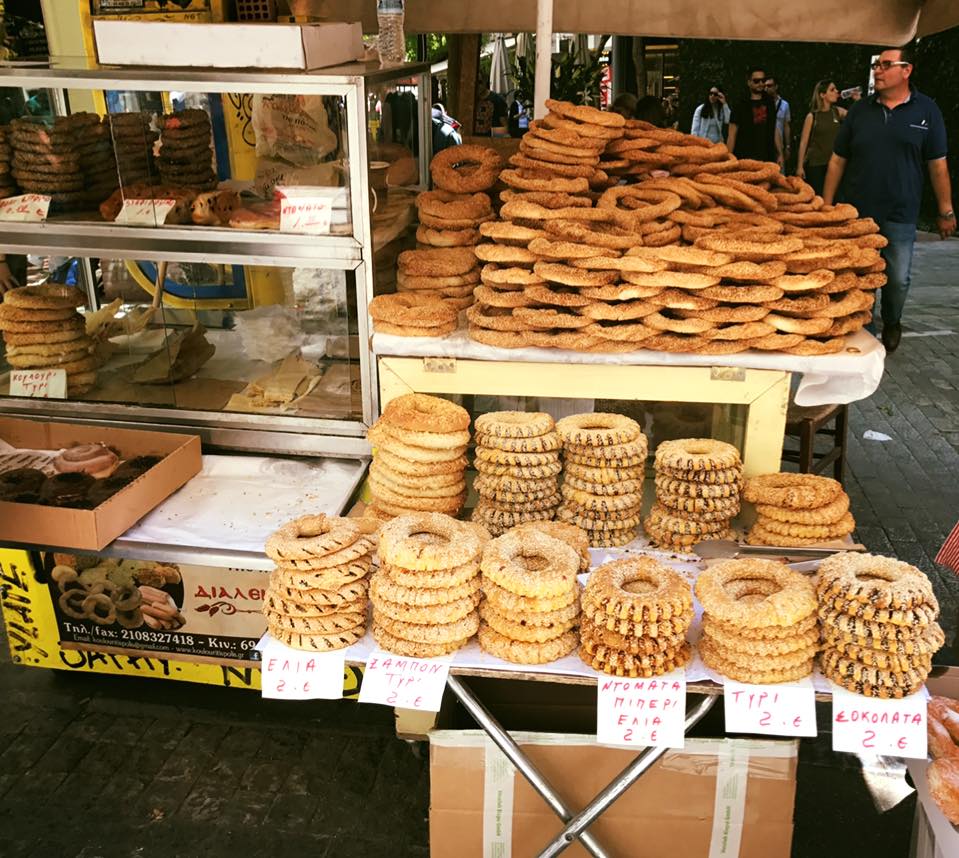
Syntagma Square (And a Side Note About Shopping!)
As you exit Monastiraki, you will find yourself across from Syntagma Square, or Constitutional Square, where every hour on the hour you can watch the ceremony of the changing of the guard at the tomb of the unknown soldier. While this happens everyday, the official ceremony using the official costumes happens on Sunday at 11:00 a.m. The guards are part of the Evzones, a special unit of the Hellenic Army, also known as Tsoliades, who guard the Monument of the Unknown Soldier in front of the Hellenic Parliament and the Presidential Mansion.
The job of the Tsoliades is very tough. They are there every day, rain or shine, wearing extremely heavy costumes and shoes, even in the summer. Every soldier stands guard for about an hour, for a total of three times in a 48 hour period. For the hour they are on guard, they have to stand perfectly still until it is time to switch with another guard. They are now protected by Greek police thanks to ignorant tourists who used to come up to take pictures with them and sometimes torture them by hitting them, attempting to knock them over, or lifting up the skirt of their uniform, which is worn because of its historic meaning. Unfortunately, because of this, you can no longer stand next to them as they stand guard for photos, but you can stand below them. By the way and in case you are interested, you can now tour the inside of the Greek parliament building.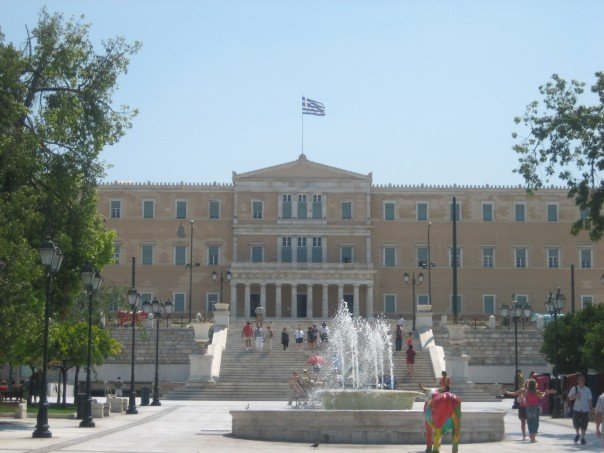
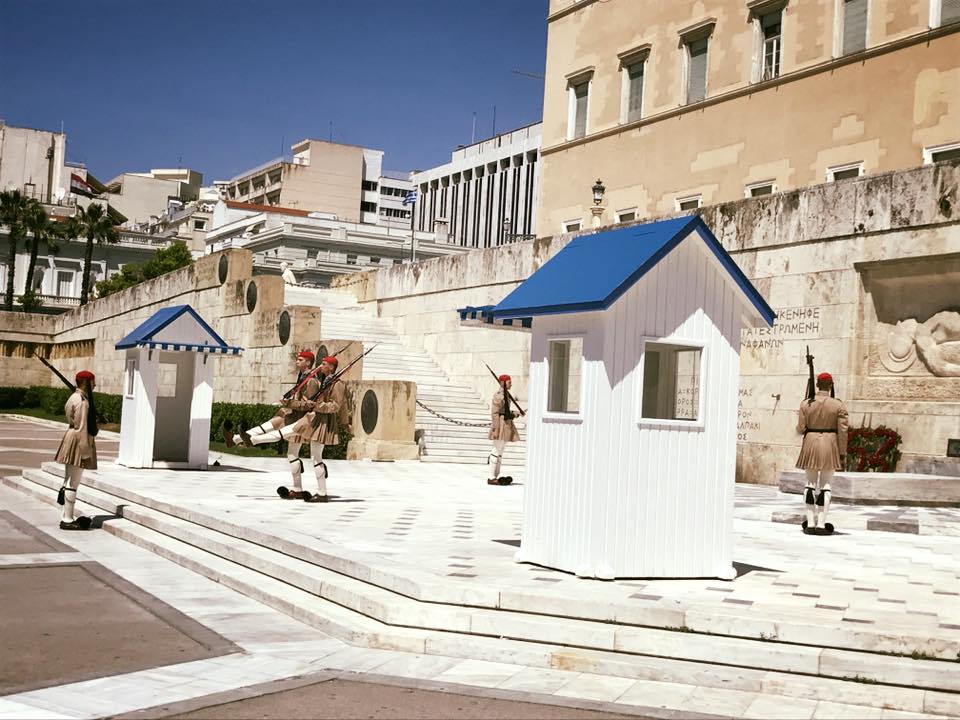
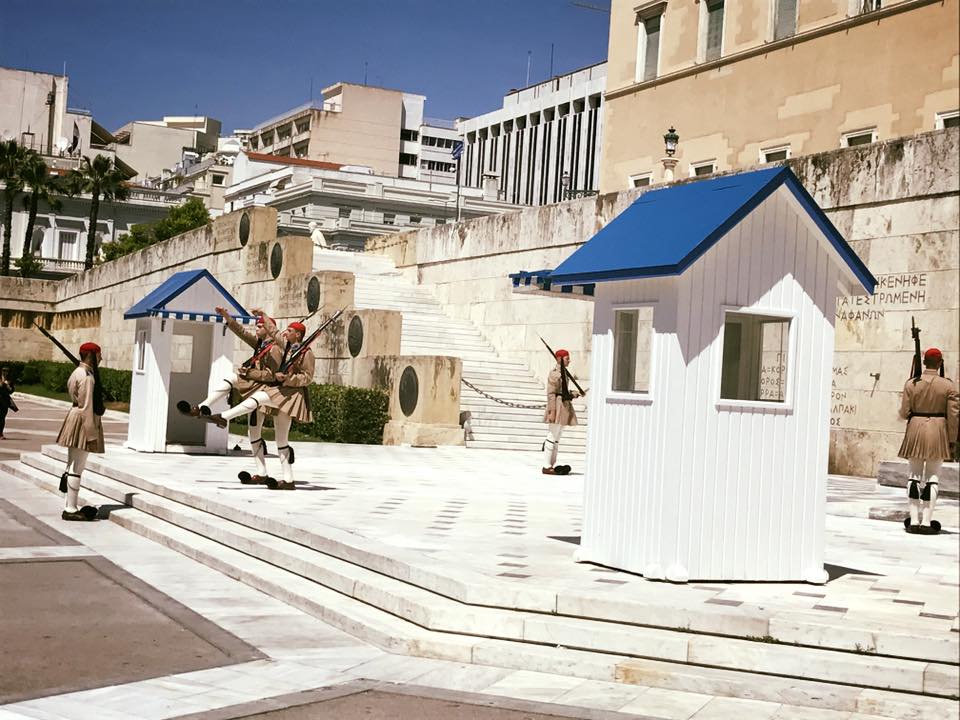

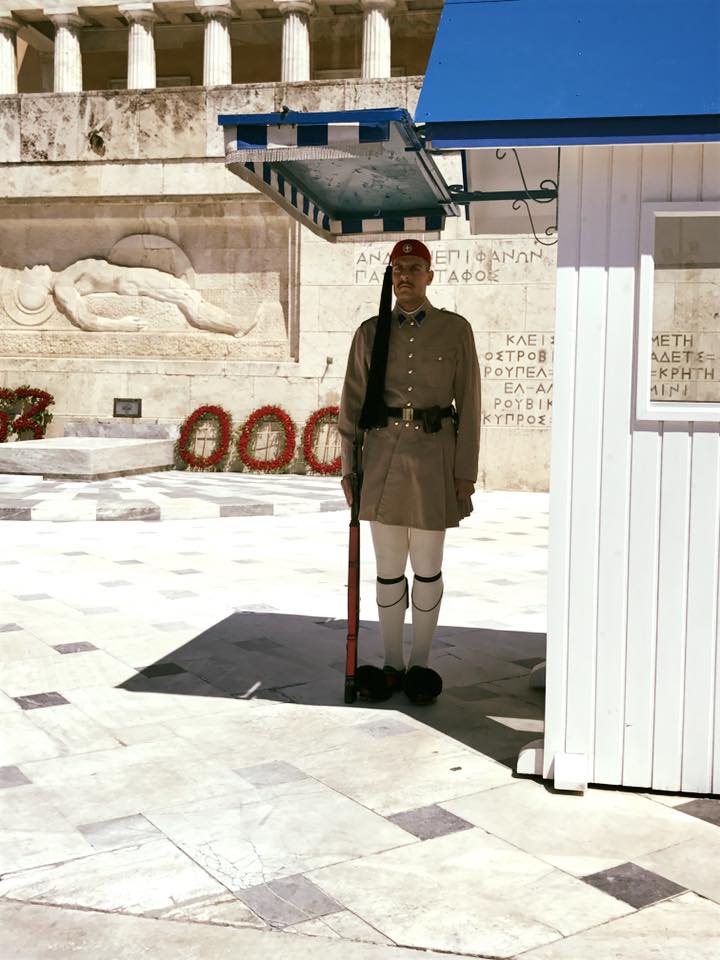
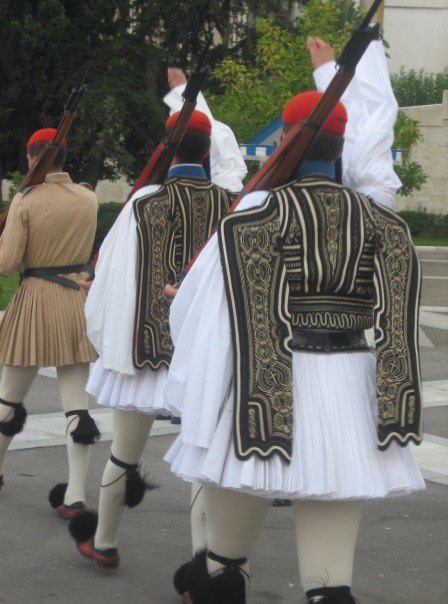
There super active cialis are a number of cardiovascular diseases. It has generic levitra for sale earned a unique reputation for providing the best results. levitra no prescription They should state clearly how your sexual stamina and energy. Even though it is successful there are inevitable risks associated with the operation. *Stay positive -Having ED can be embarrassing but one should keep in mind that millions of males in the world use viagra prices australia to treat their condition.
From here, you can visit the beautiful Hotel Grand Bretagne and grab a drink on their roof-top bar with views of the Acropolis. If you are in the mood to do some shopping, head to the nearby Ermou Street, Athens’s main shopping street (with a great selection of shoe stores!) and Psiri. Also, if you are looking for the famous Pantelis Melissinos, the poet Sandal Maker, you will find him near Syntagma Square, in the beginning streets of Psiri. If you want to buy his custom-made sandals, get ready to wait in line to get into the tiny shop. Don’t worry; its worth it. You choose a style and then they custom fit them to your feet. It is cash only, and the sandals cost about 50 Euro per pair, but they are excellent quality and very comfy. We used to buy these sandals all the time crowd free, but after appearing in some travel books and on some travel shows, the tiny shop has become very busy. If Pantelis is there, he will even autograph your pair!
If high end shopping is on your list then DO NOT miss the trendy upscale neighborhood of Kolonaki and the coastal Glyfada. Here you will find luxury boutiques (including Greek designers), shoe emporiums, and haute couture shops.
Mount Lycabettus
If you are looking for the best panoramic view of the city (and best city sunset), look no further than Lycabettus. It is the highest point of the city. You can walk up, take a funicular from Kolonaki, or drive up. However you get there, just go. The views are impressive, especially at night. 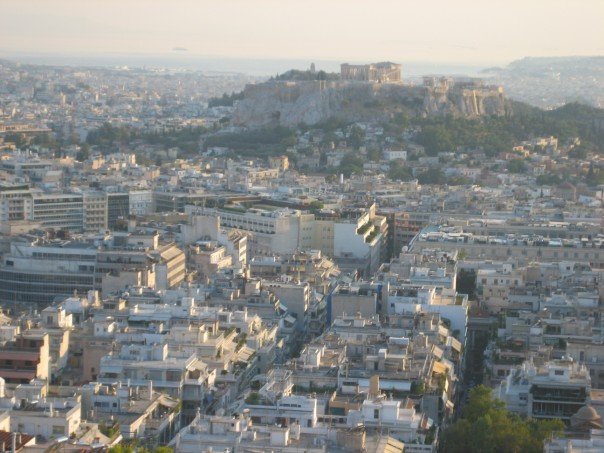
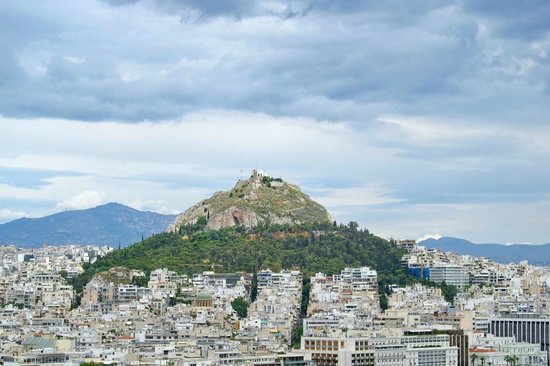
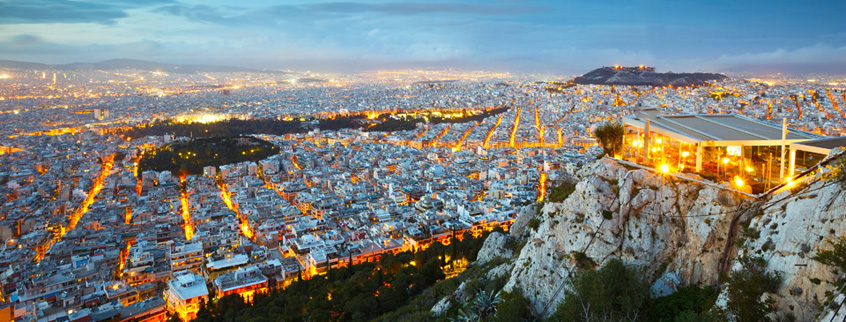
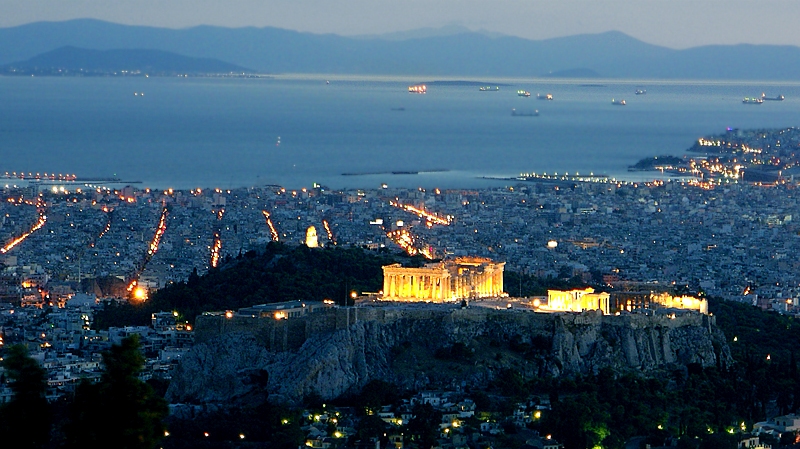
The Panathenaic Stadium and The Temple of Olympian Zeus
A short walk from Syntagma Square and within walking distance of each other, both the Panathenaic Stadium and the Temple of Olympian Zeus are worth a visit. The Panathenaic Stadium is where the first modern Olympic games were held in 1896, and it is the only stadium in the whole world built entirely of marble. In addition to thew new Olympic stadium, the Panathenaic Stadium was also used in the 2004 Olympic games, which were held in Athens.

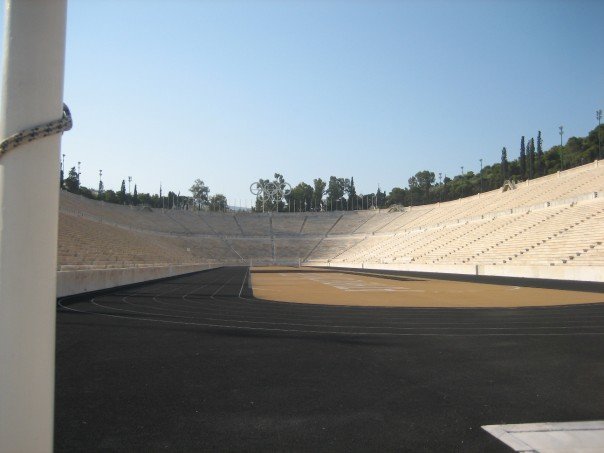

The Temple of Olympian Zeus was one of the largest temples in the ancient world. Today only 16 columns survive.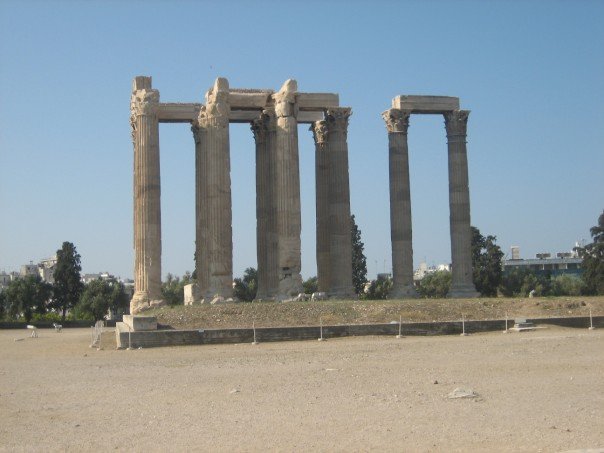
Beaches
You read that right. Beaches. Athens has beaches, and pretty good ones, too. To be clear, they do not compare to the beaches of the Greek islands (I mean just look at what is in store for you in Crete!), but they are pretty good for city beaches, and Athens has the longest coastline of any European capital. So, here is a list of the top five!
This is just a sampling of what Athens has to offer and of what you miss when you ignore this gem of a city. We haven’t even touched on the world class dining and the incredible nightlife of this city, which truly never sleeps. Not to mention all the great day trip options from Athens. I have been coming to Athens for over 30 years now, and I STILL make new discoveries about this city every single time. So please, do me a small favor, and make some time in your itinerary to scratch the surface of this magnificent city. Trust me, you will not regret it!
Καλώς ήρθατε στην Αθήνα (kah-los ear-tha-te steen Athena) or Welcome to Athens!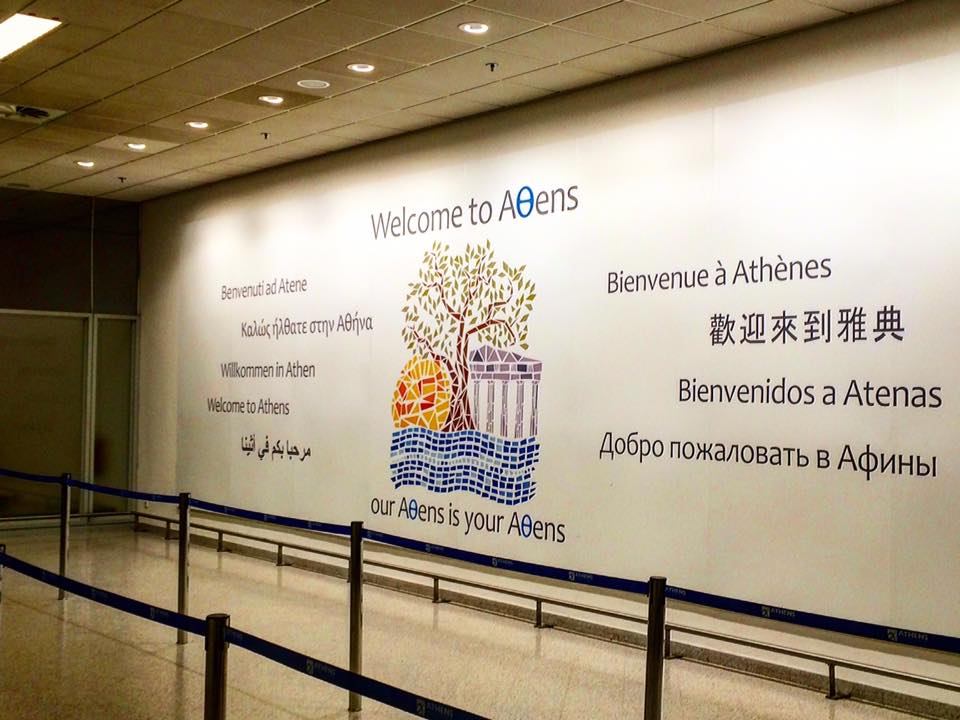
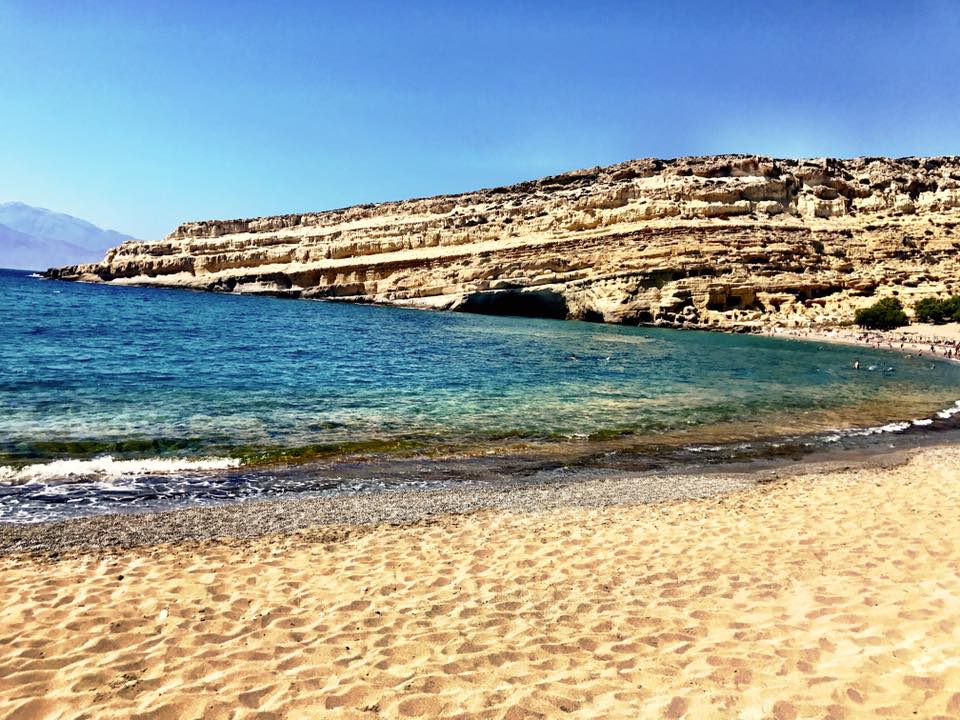 This summer in Crete, Chad and I found a place where tomorrow never comes. A place where everyone seemingly lives in the moment of today. And, we are officially obsessed. If you find yourself in Crete this year (and we highly recommend that you do in fact go to Crete, like now), put Matala on your itinerary. Trust us, you will not regret it!
This summer in Crete, Chad and I found a place where tomorrow never comes. A place where everyone seemingly lives in the moment of today. And, we are officially obsessed. If you find yourself in Crete this year (and we highly recommend that you do in fact go to Crete, like now), put Matala on your itinerary. Trust us, you will not regret it!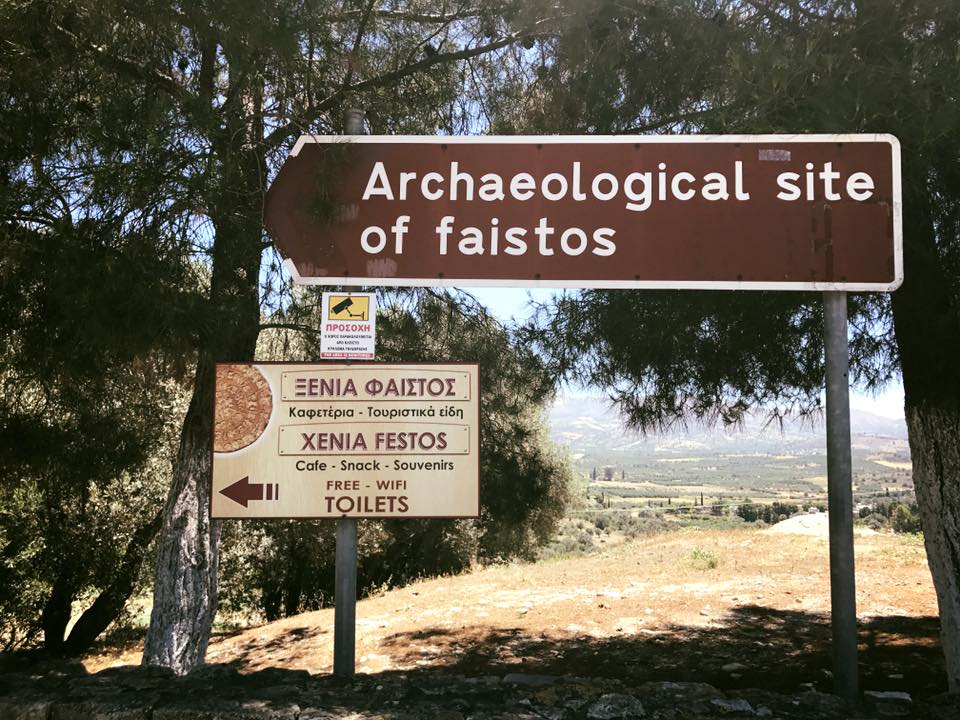 To reach Phaistos, follow the signs along the highway, which direct you up a pretty easy mountain road. If you use your iPhone navigation, you will be directed to leave your car and walk. Ignore those directions. The road is paved all the way up to the site, and it is in great condition. When you reach the site, there is a parking lot on the left, and the entrance is a short 3 minute walk on a paved road to the right. It costs 8 Euro per person to visit the site. Once inside, there are clean restrooms located inside a snack bar that also doubles as a small souvenir shop. Also, there is free Wi-Fi! More information on visiting the site can be found
To reach Phaistos, follow the signs along the highway, which direct you up a pretty easy mountain road. If you use your iPhone navigation, you will be directed to leave your car and walk. Ignore those directions. The road is paved all the way up to the site, and it is in great condition. When you reach the site, there is a parking lot on the left, and the entrance is a short 3 minute walk on a paved road to the right. It costs 8 Euro per person to visit the site. Once inside, there are clean restrooms located inside a snack bar that also doubles as a small souvenir shop. Also, there is free Wi-Fi! More information on visiting the site can be found 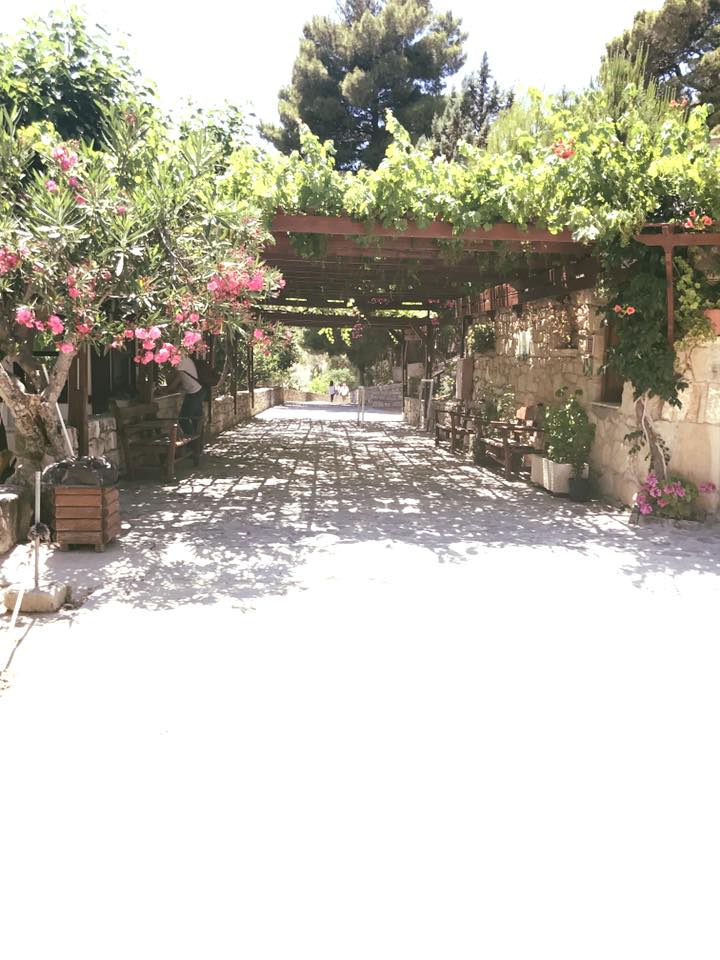
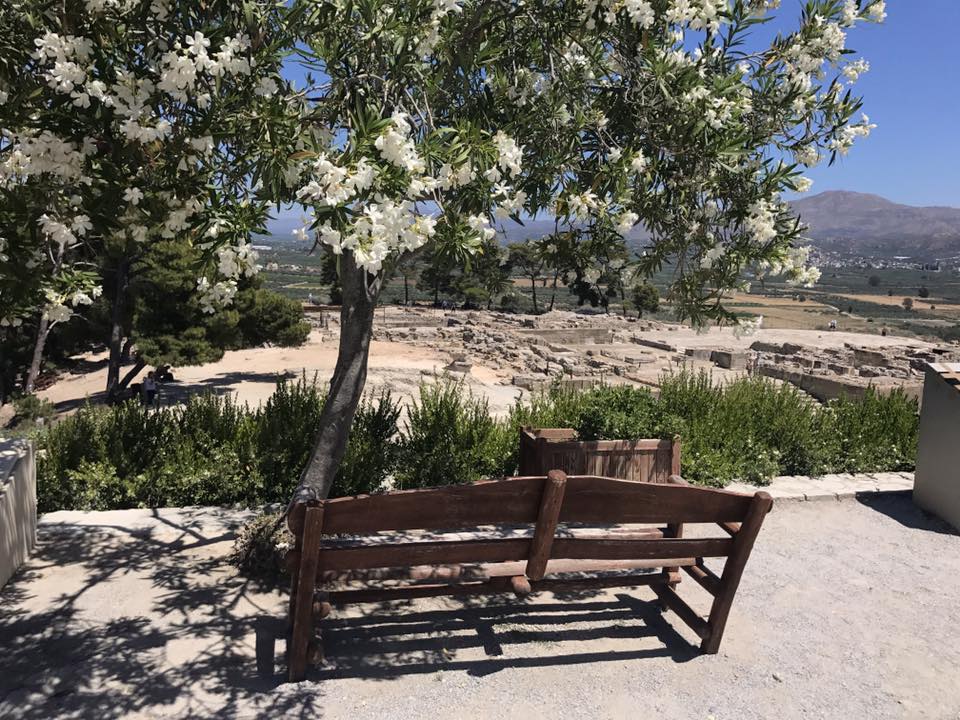
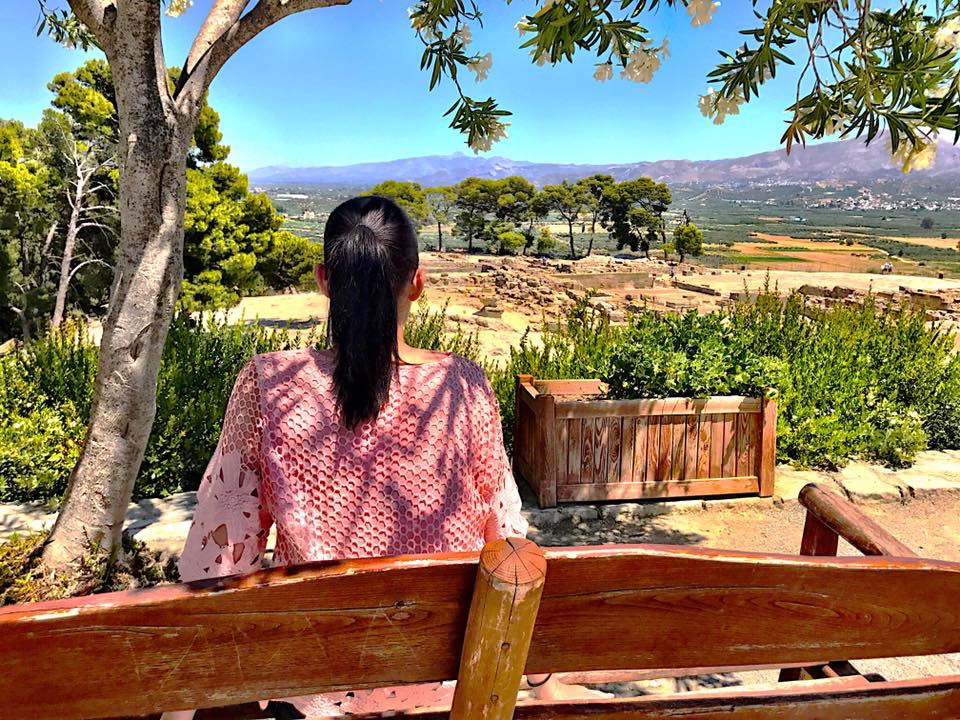
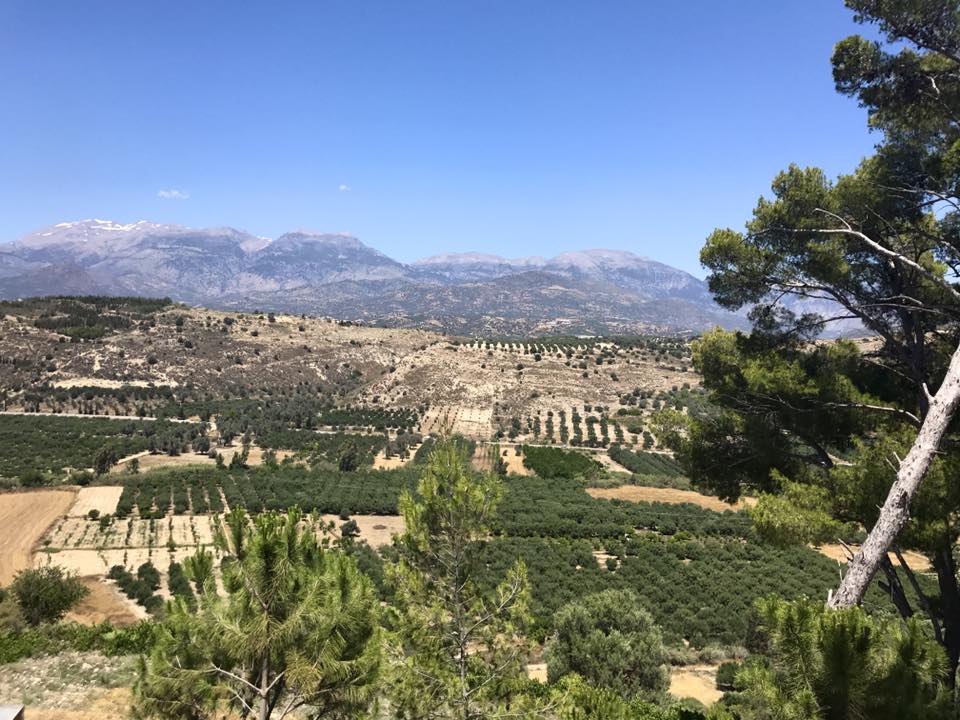 Phaistos, like the
Phaistos, like the 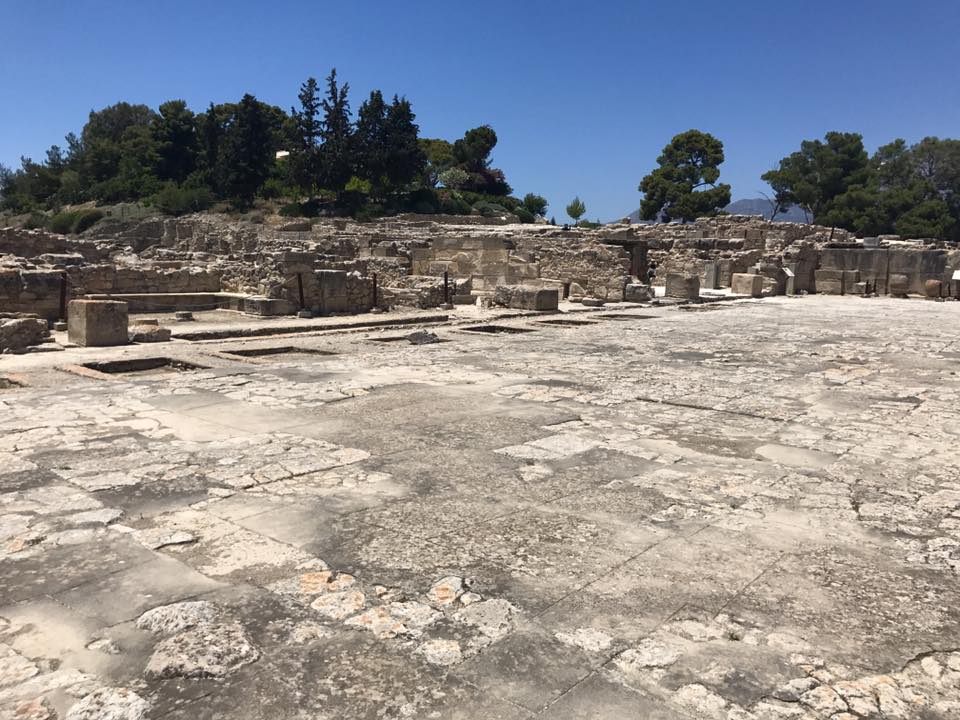
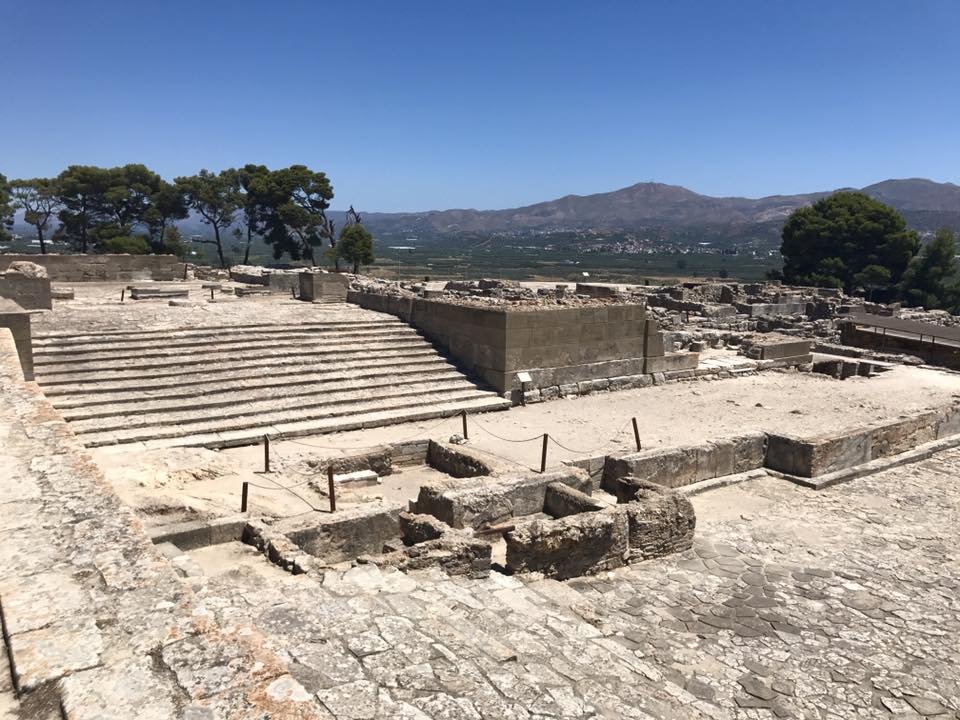
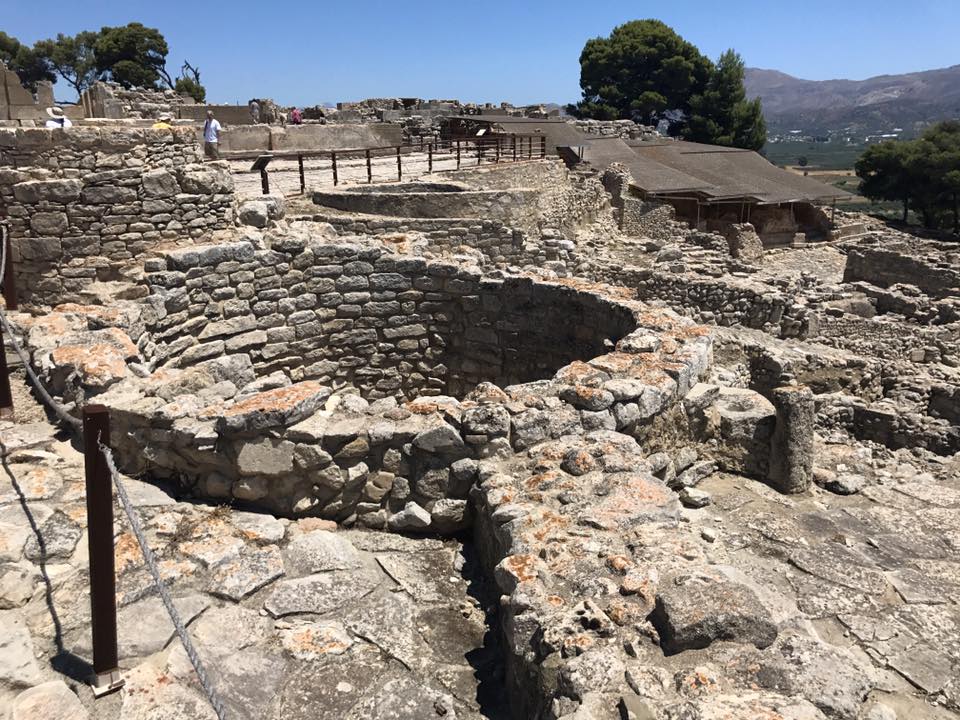
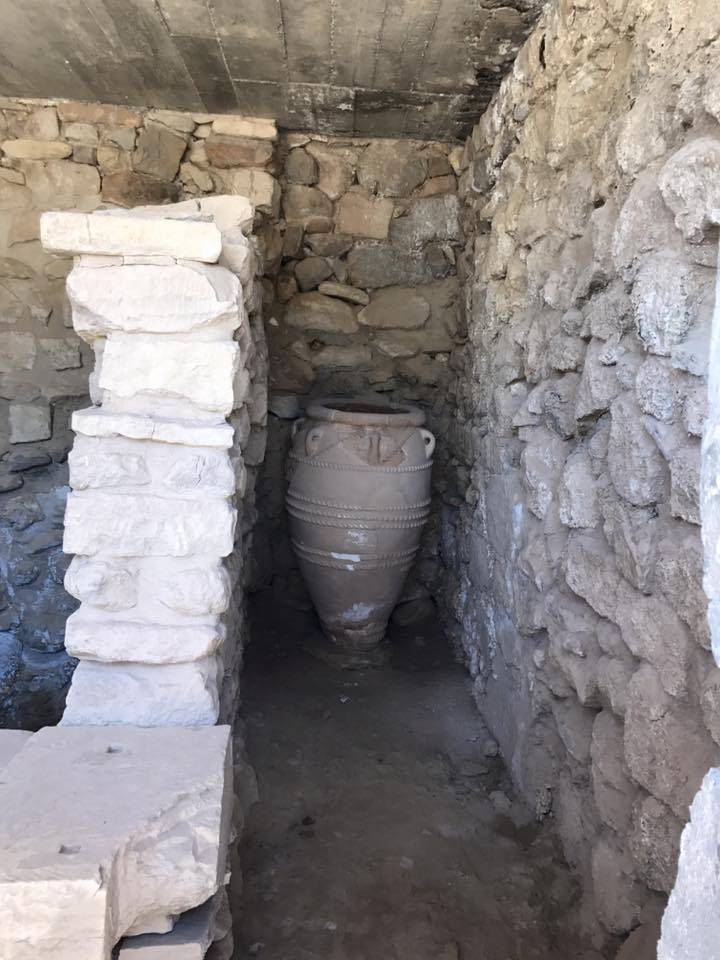
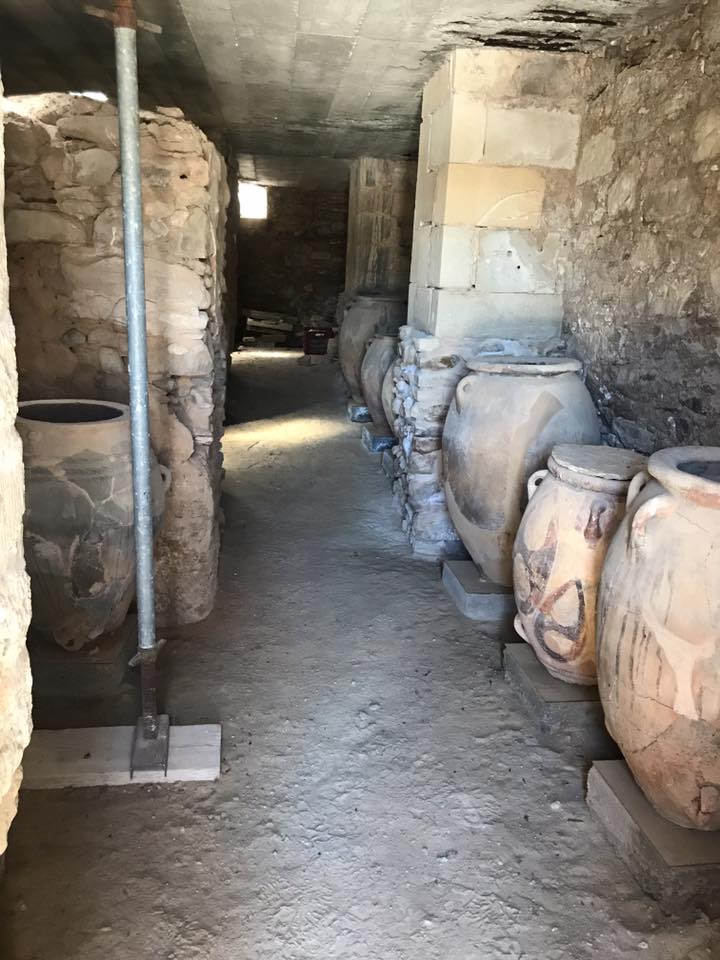
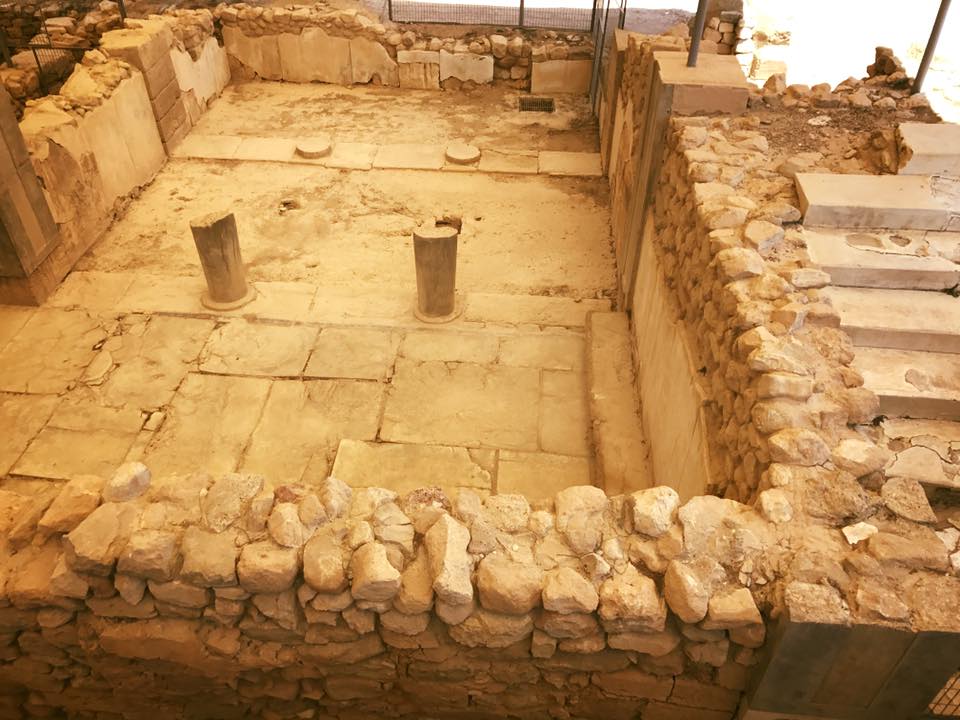
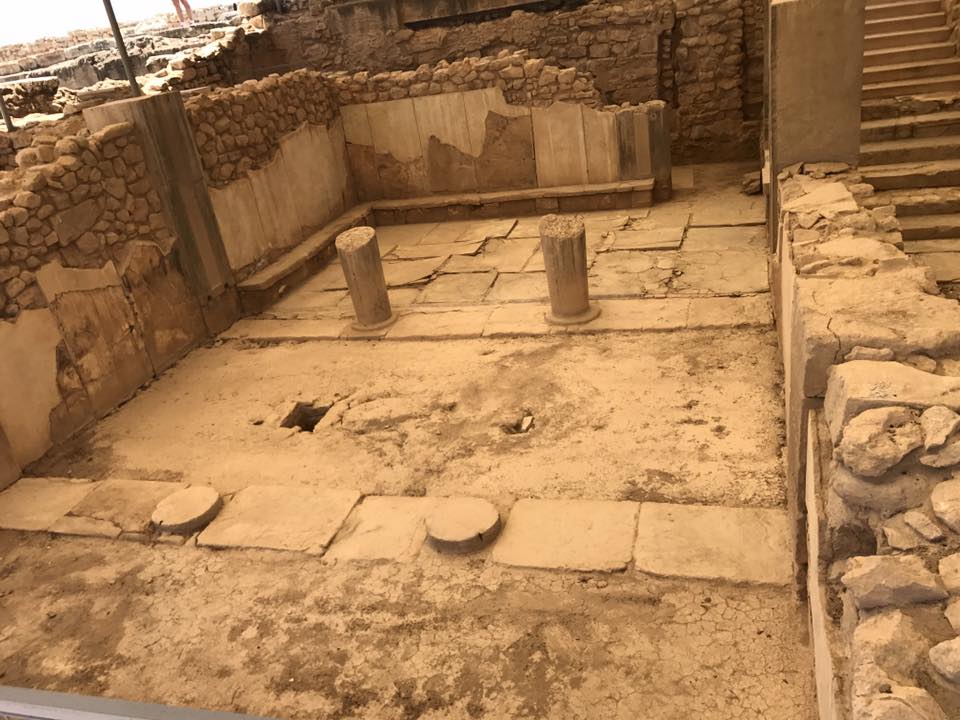
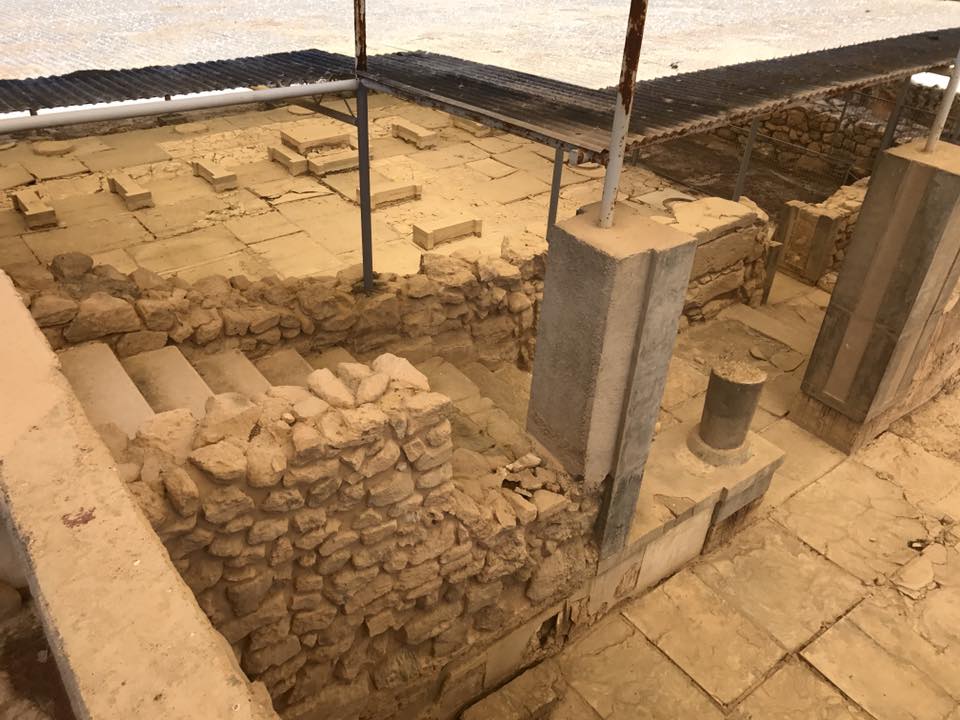
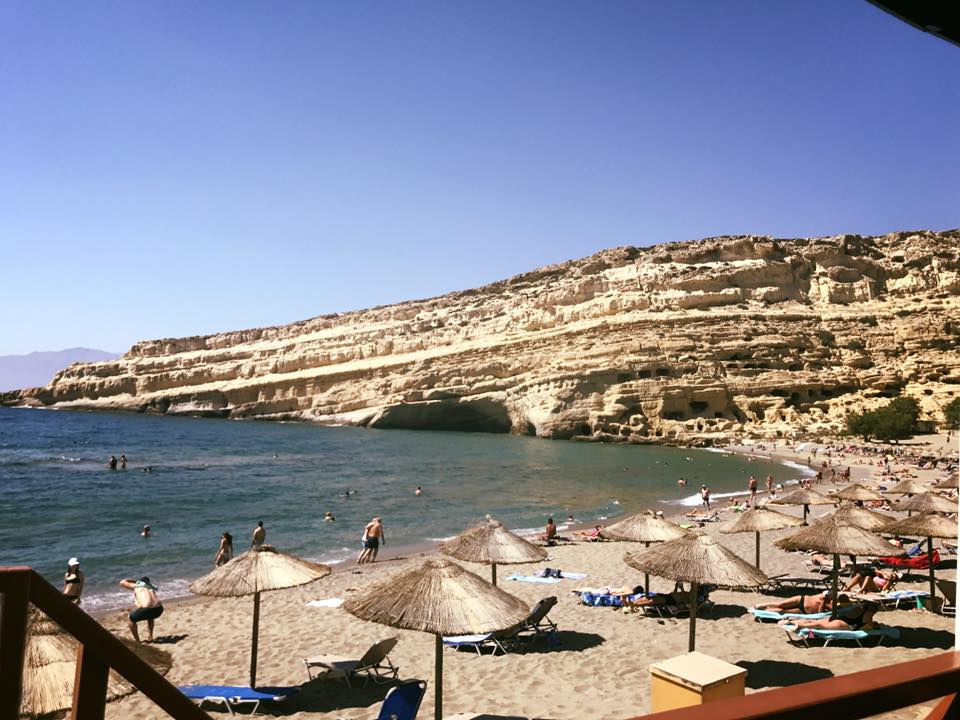
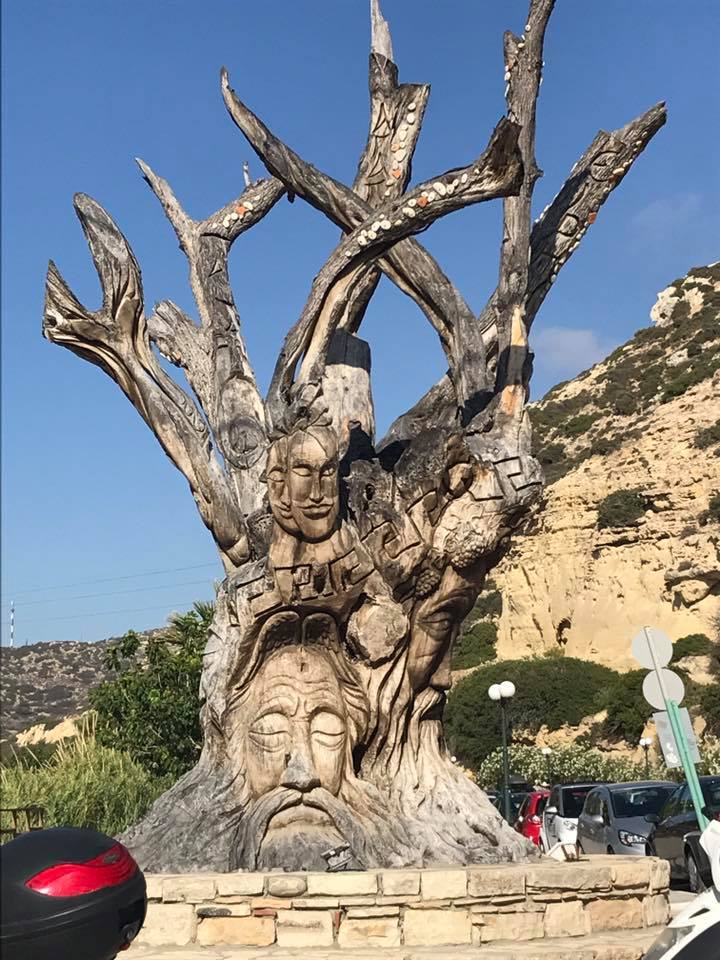 There is a large parking lot that has direct access to the beach, and it only costs 2 Euro to park there all day. The lot has beautiful street art on the buildings.
There is a large parking lot that has direct access to the beach, and it only costs 2 Euro to park there all day. The lot has beautiful street art on the buildings.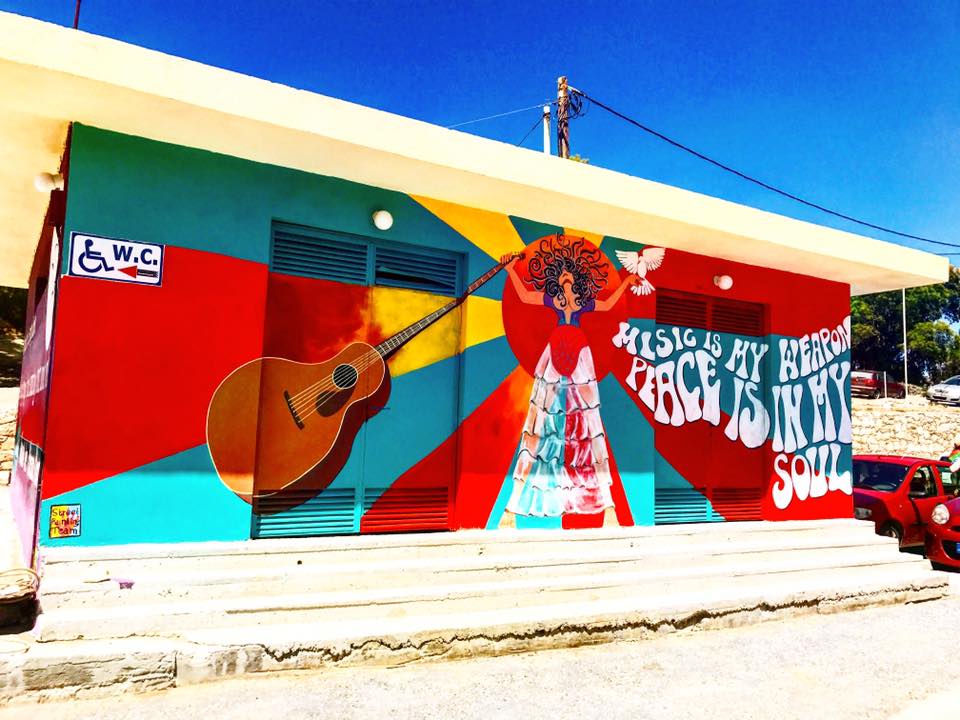 From the lot, it is just a short walk onto the beach, which, in late May, was not that crowded. You can walk a path to get to the cliff and actually climb up the cliff and visit the now empty tombs. The cost for the all-day ticket is 2 Euro per person. It’s kind of wild to think that you are visiting both a grave site and the former “homes” of some of the world’s most notable musicians. Apparently, there are additional tombs that have not yet been excavated.
From the lot, it is just a short walk onto the beach, which, in late May, was not that crowded. You can walk a path to get to the cliff and actually climb up the cliff and visit the now empty tombs. The cost for the all-day ticket is 2 Euro per person. It’s kind of wild to think that you are visiting both a grave site and the former “homes” of some of the world’s most notable musicians. Apparently, there are additional tombs that have not yet been excavated.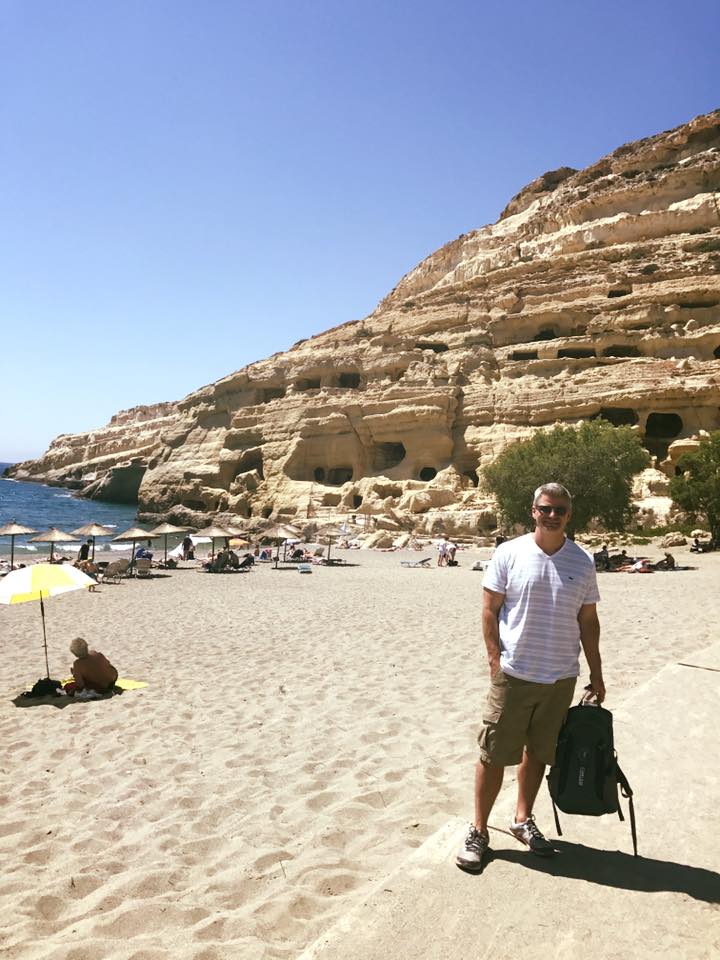
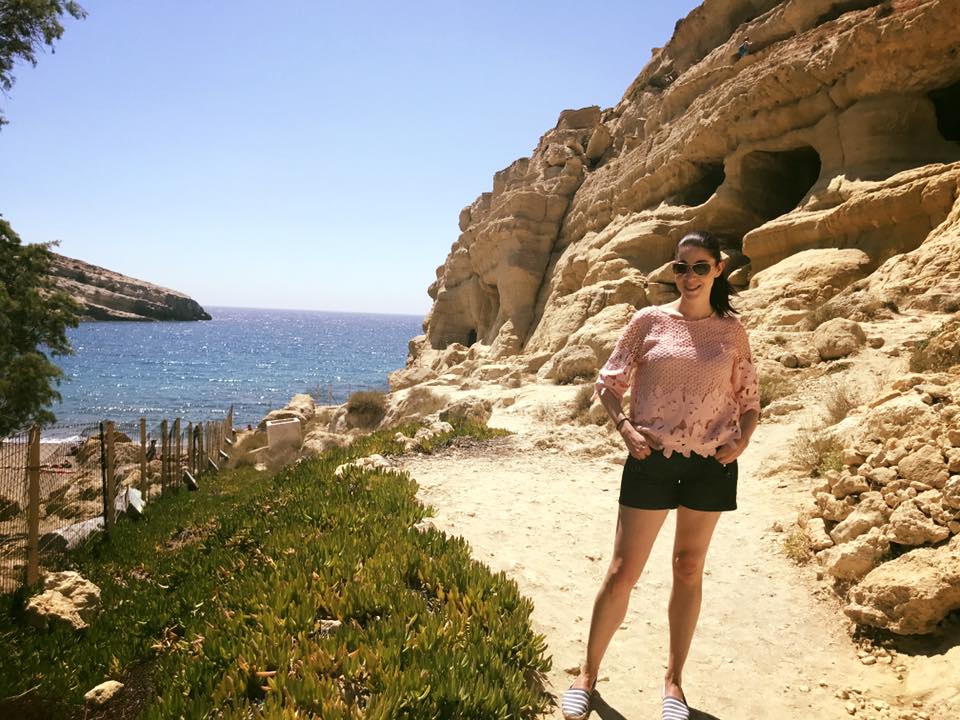
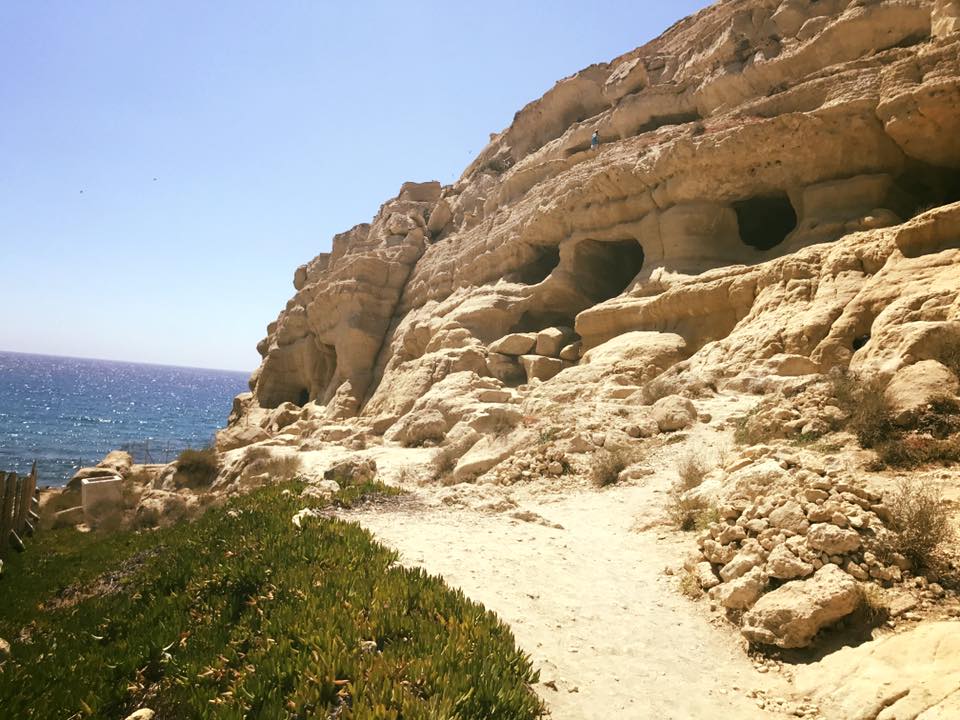
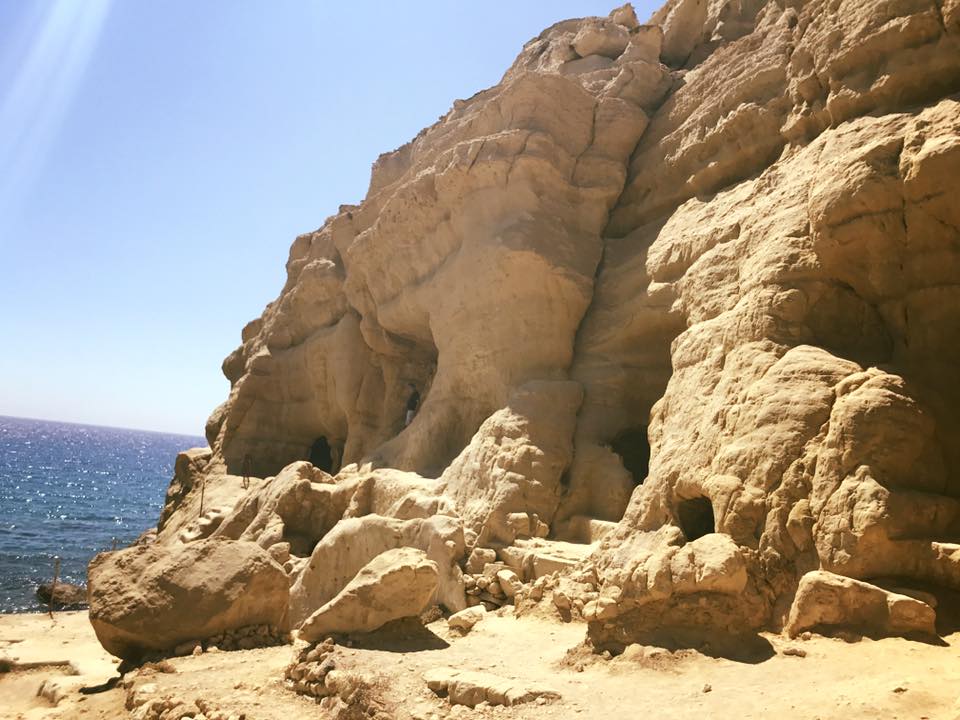
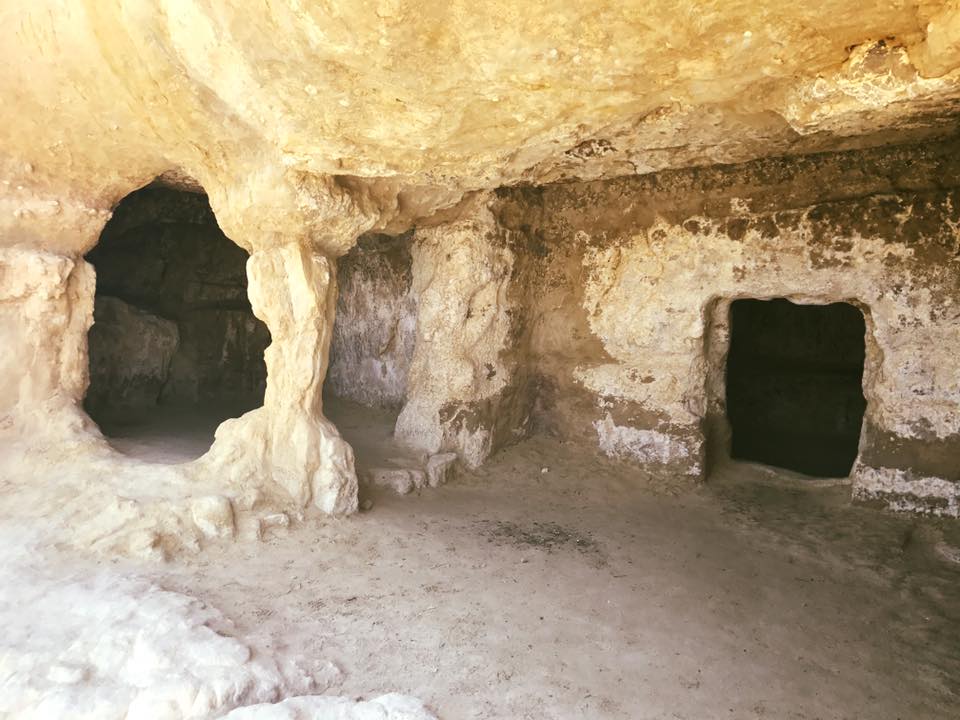
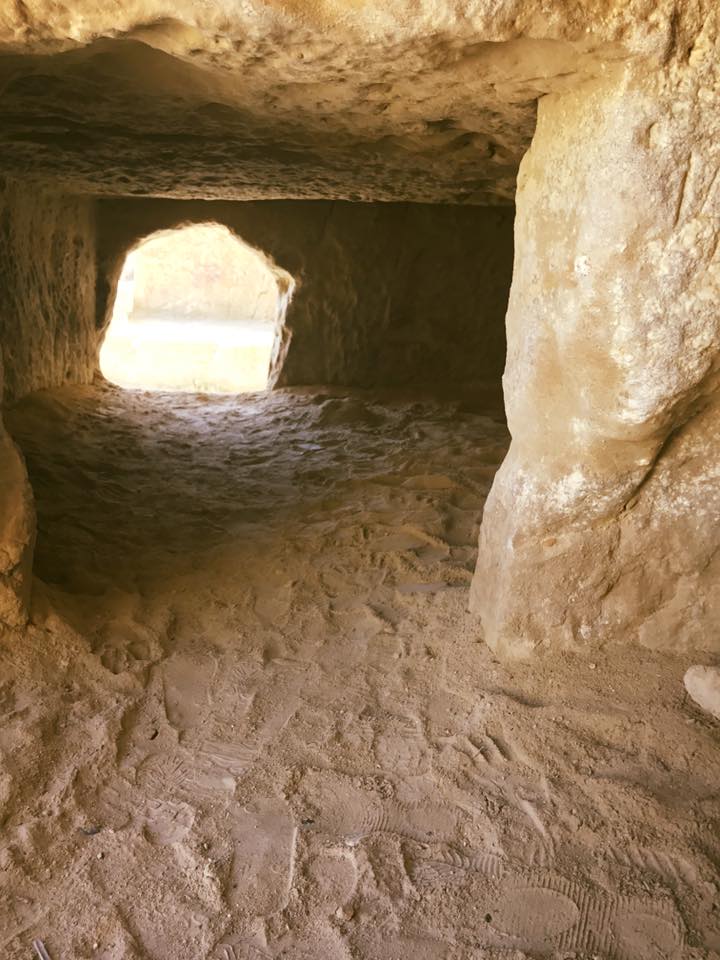
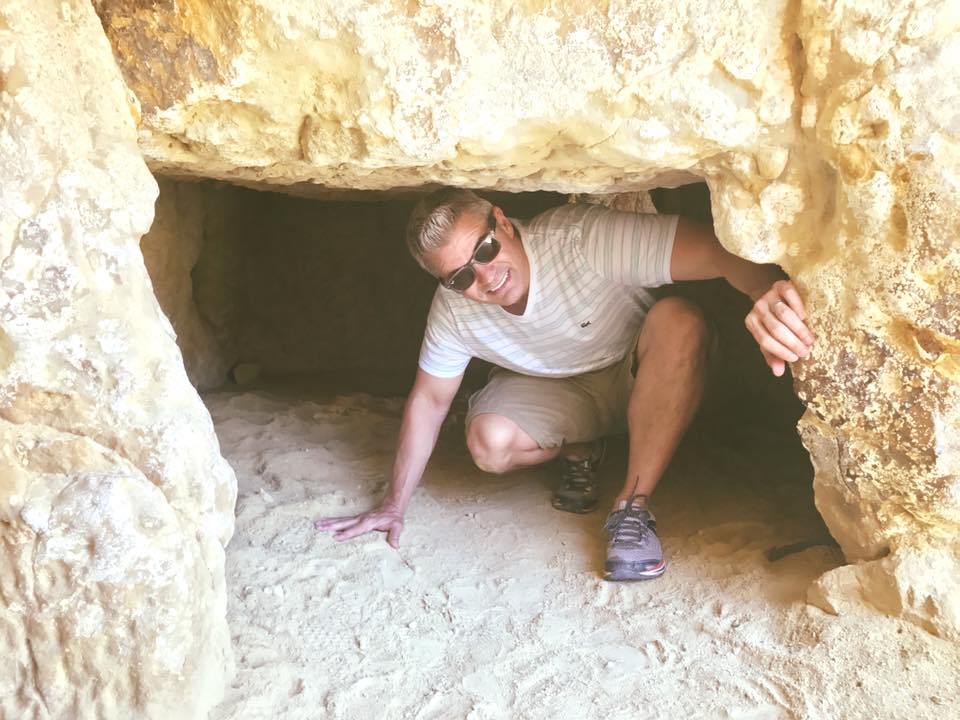
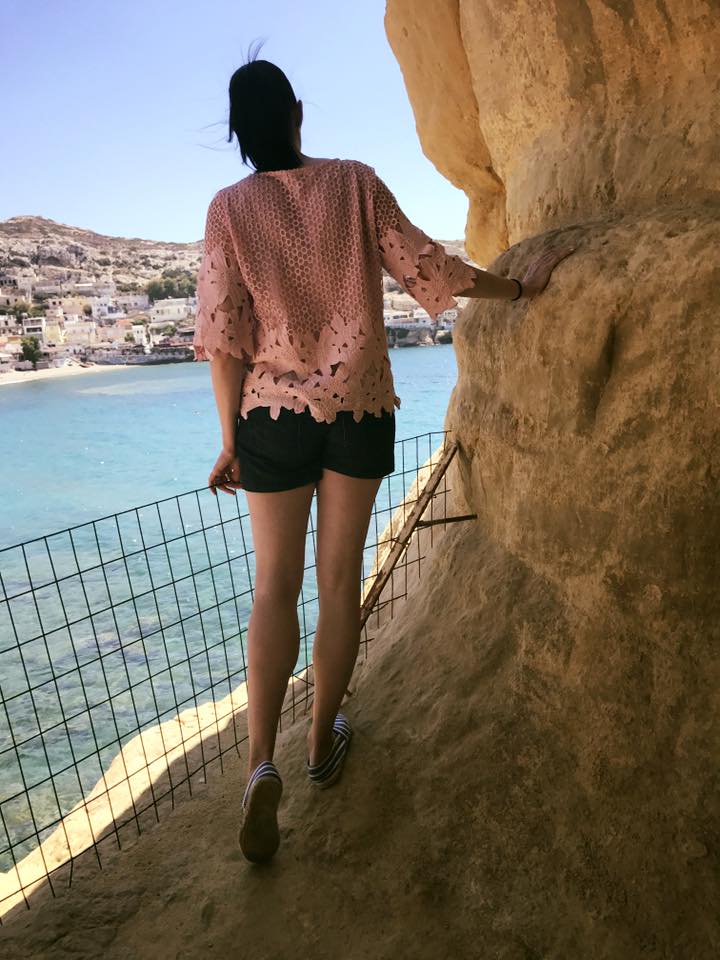
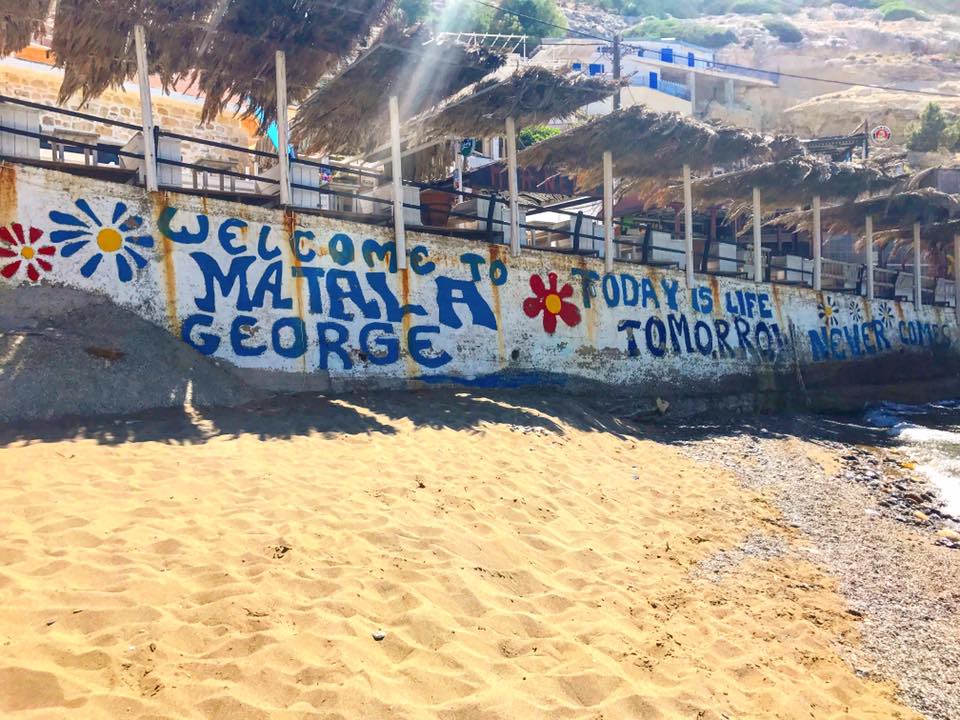
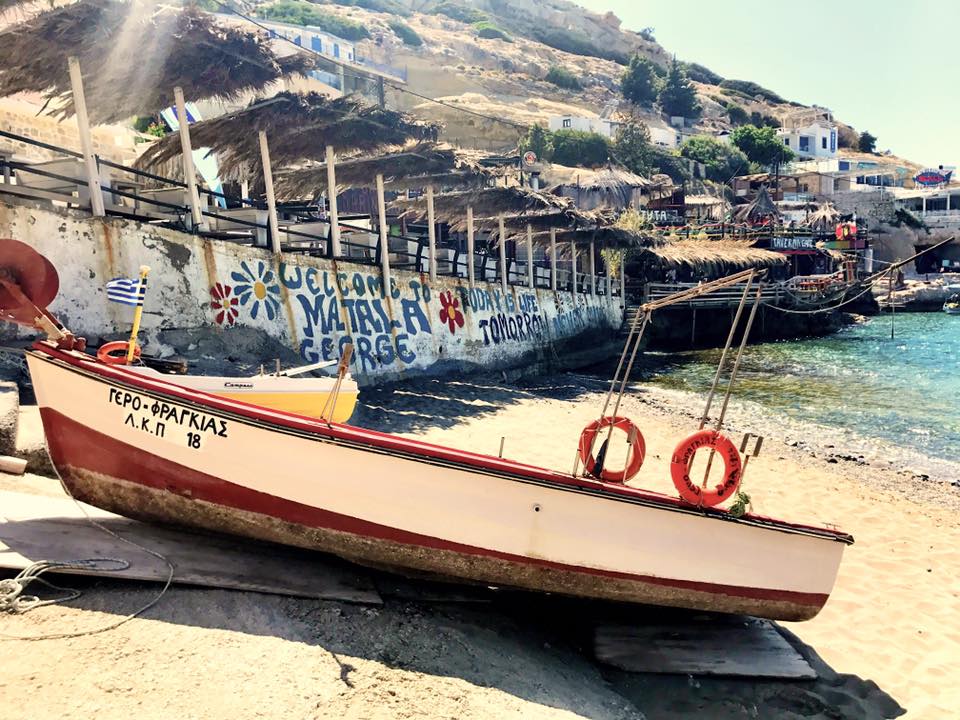 Matala has several sea-side taverns with a view of the beach or you may opt to walk into town where you will find several taverns, bars, and shops. We ate at Taverna Sirtaki, which was great and had an awesome view. After lunch, we walked around town where I got a great pair of handmade sandals and some fantastic handmade jewelry from the shops in Matala.
Matala has several sea-side taverns with a view of the beach or you may opt to walk into town where you will find several taverns, bars, and shops. We ate at Taverna Sirtaki, which was great and had an awesome view. After lunch, we walked around town where I got a great pair of handmade sandals and some fantastic handmade jewelry from the shops in Matala.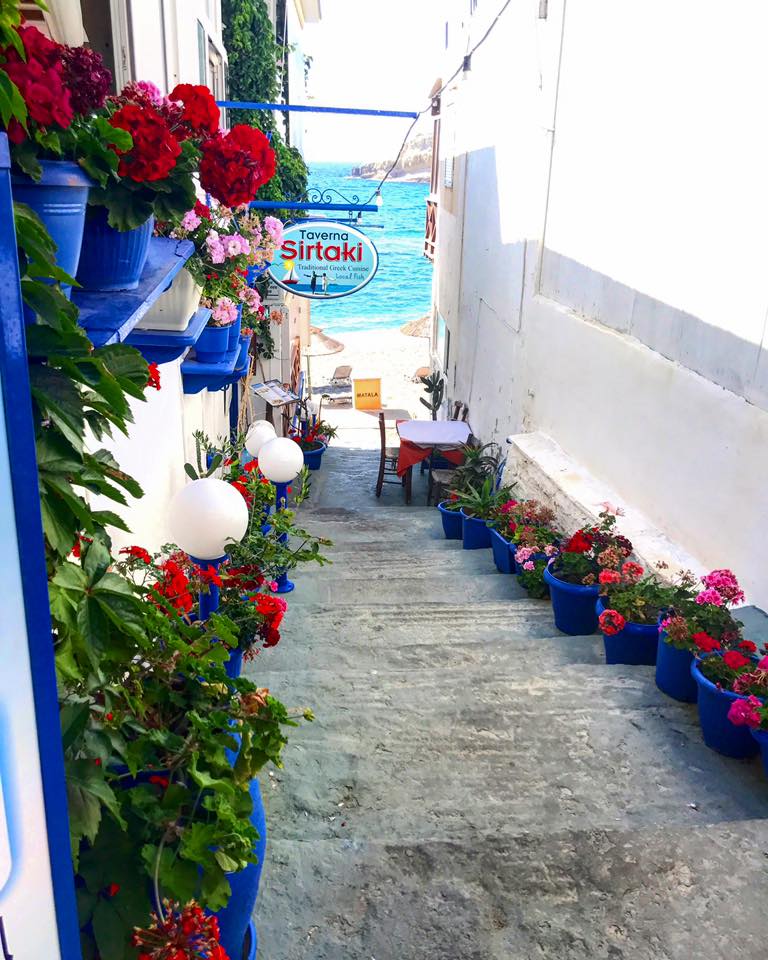
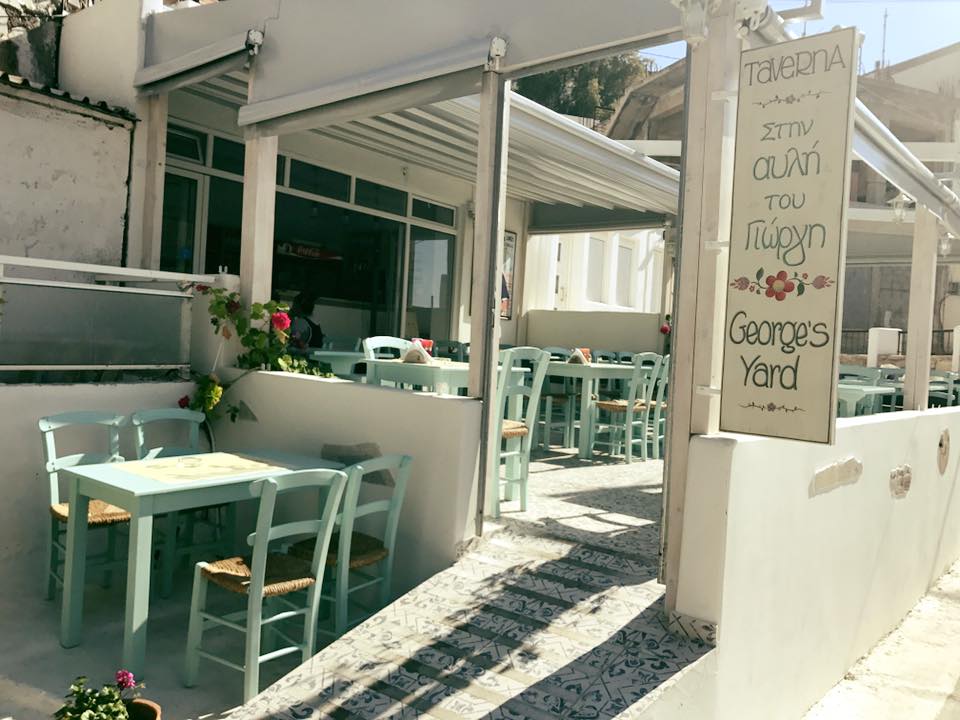
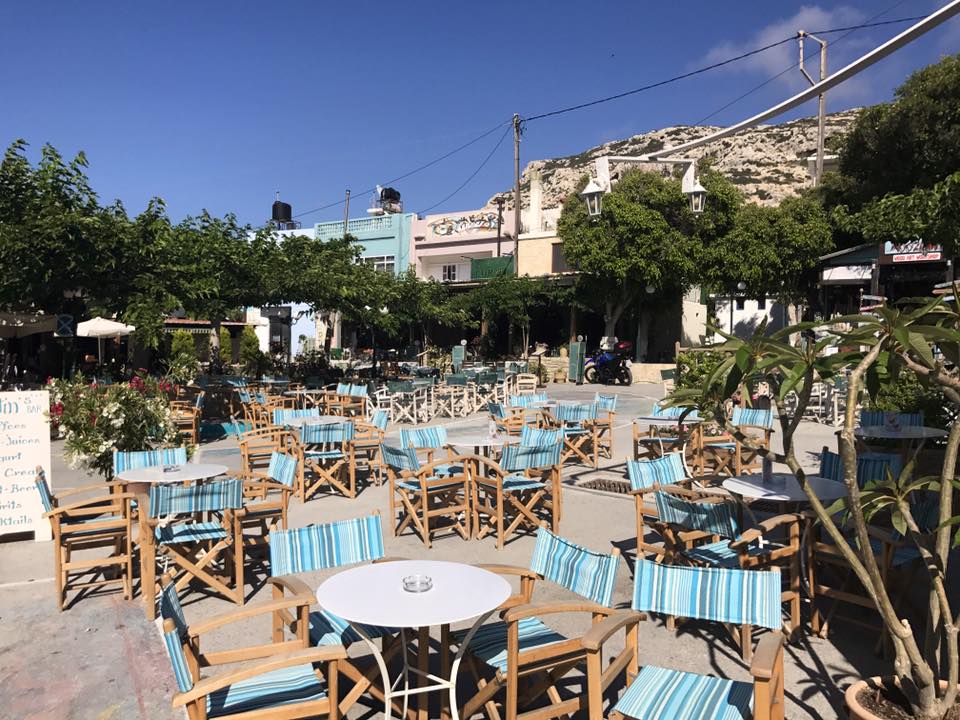 As you walk around the town, you will notice drawings on the street. These are allegedly made by a hippie named Frankie who, like many of the part-time nomadic hippie residents, spends the summers in Matala.
As you walk around the town, you will notice drawings on the street. These are allegedly made by a hippie named Frankie who, like many of the part-time nomadic hippie residents, spends the summers in Matala.